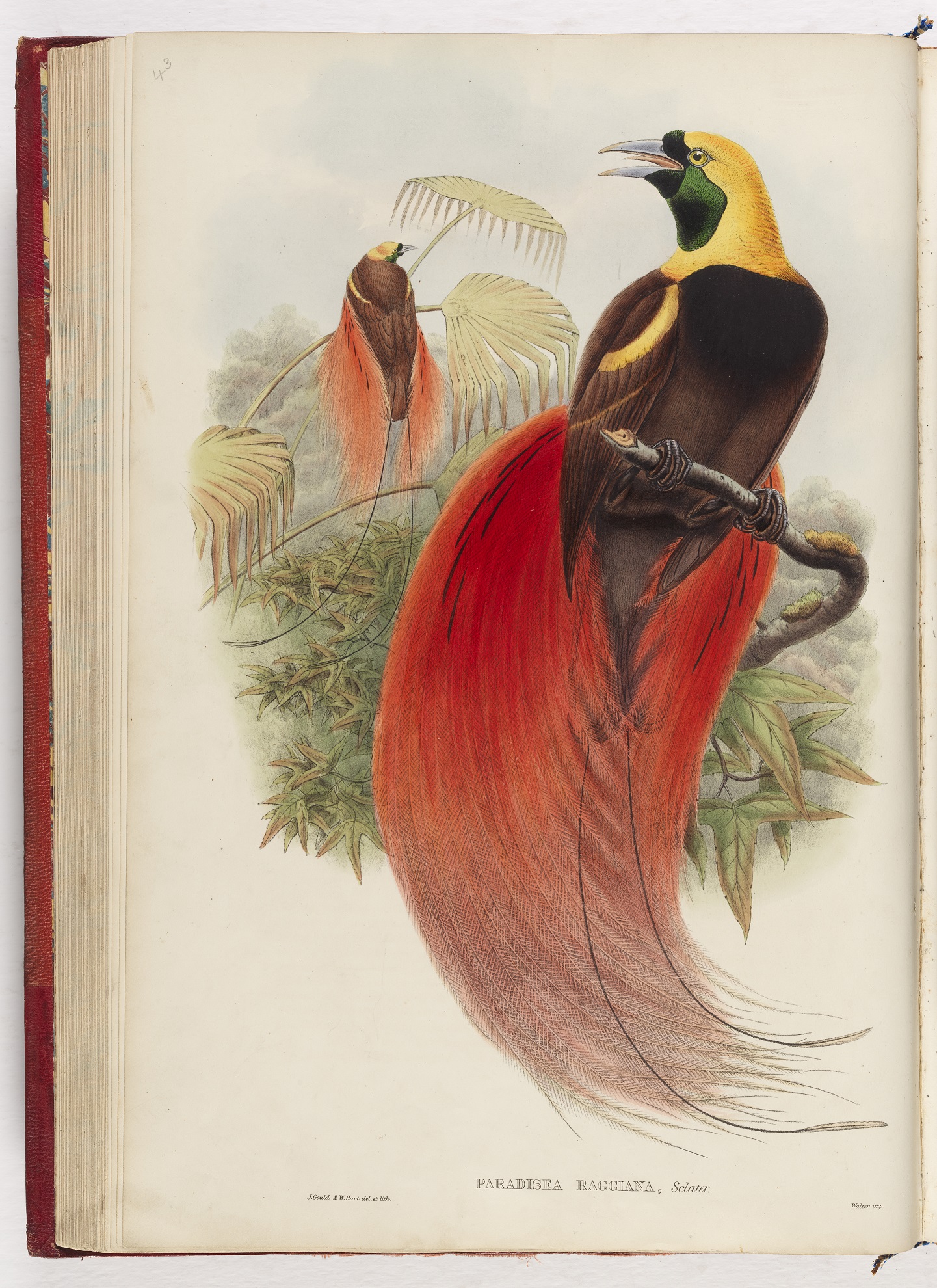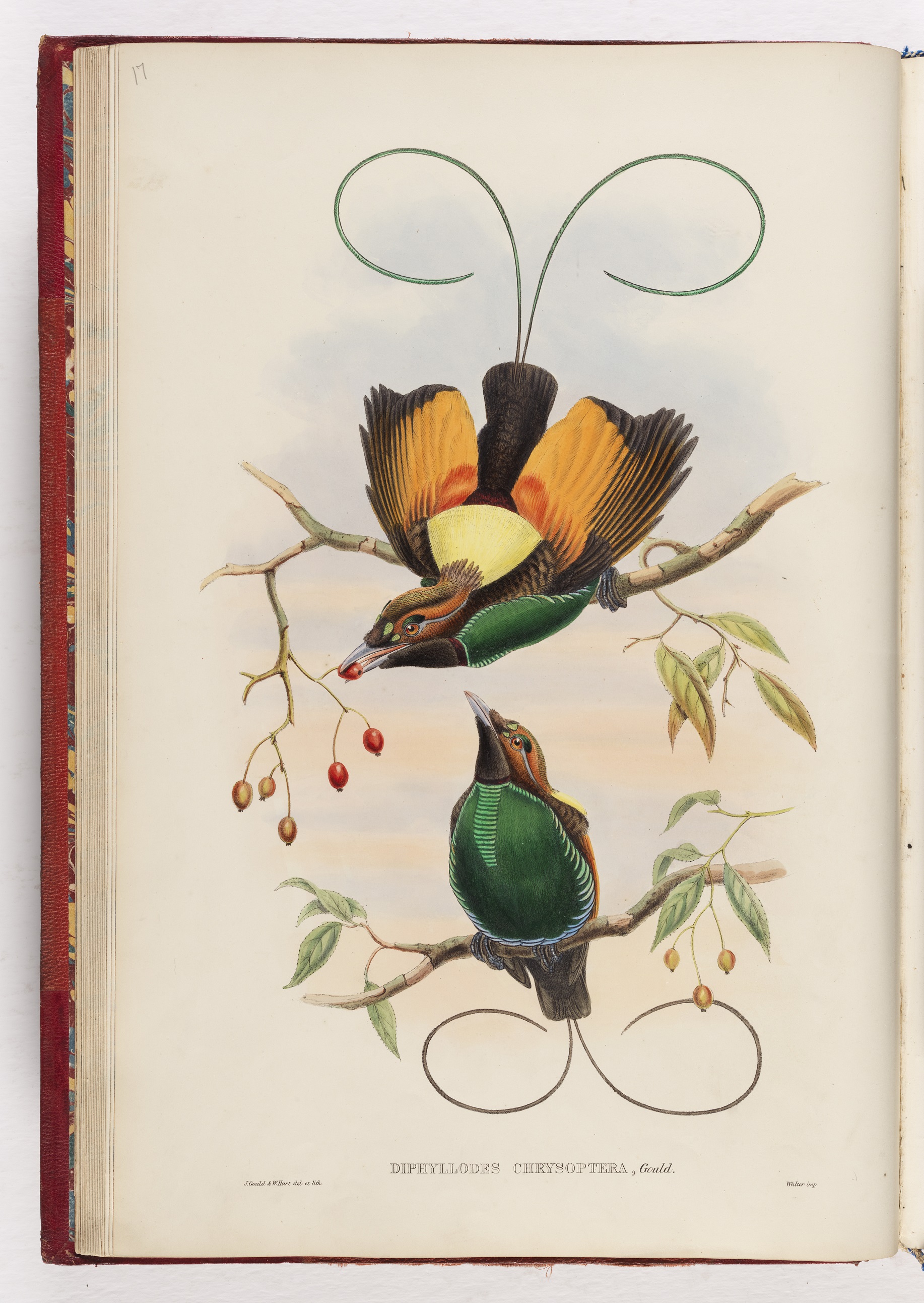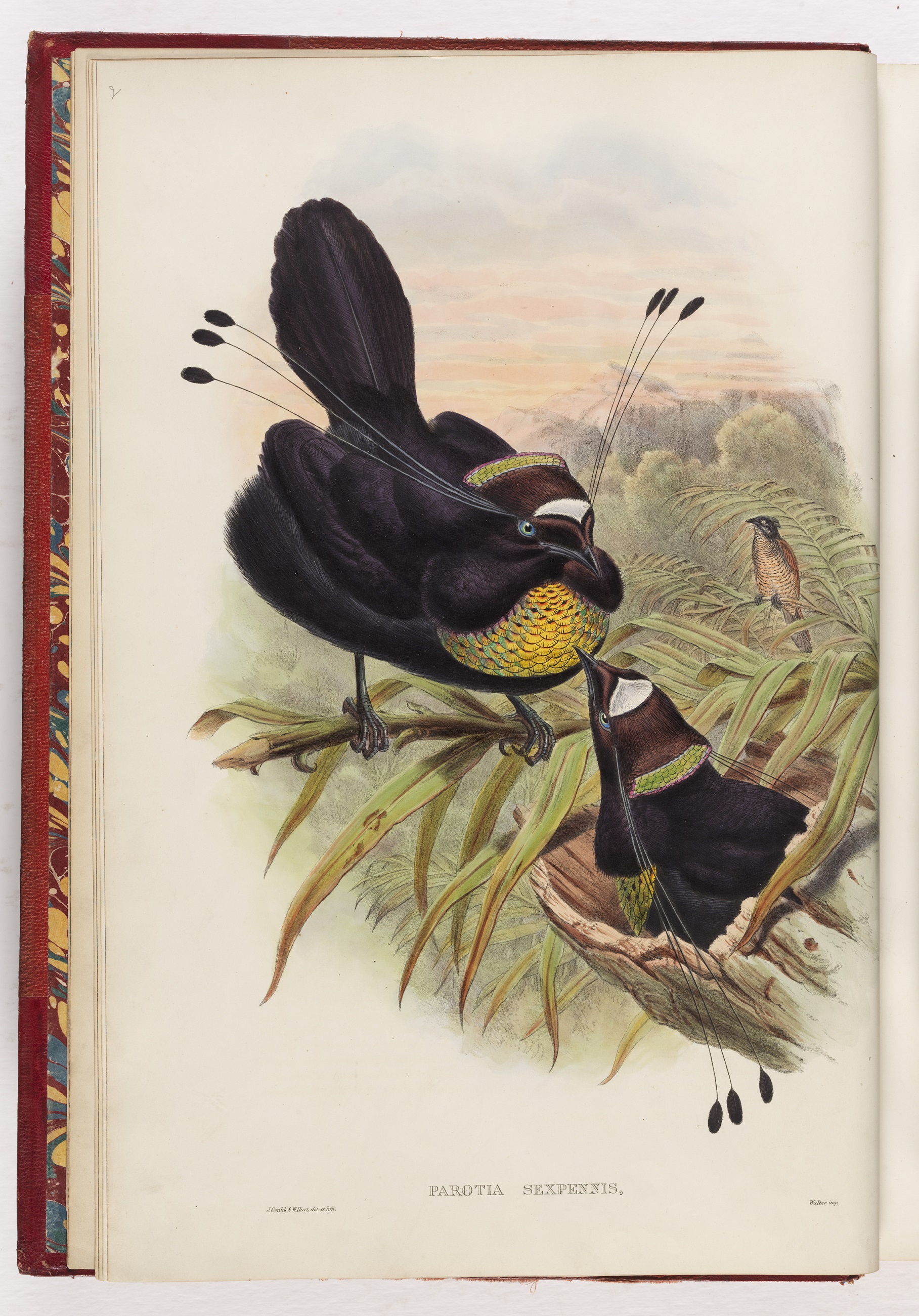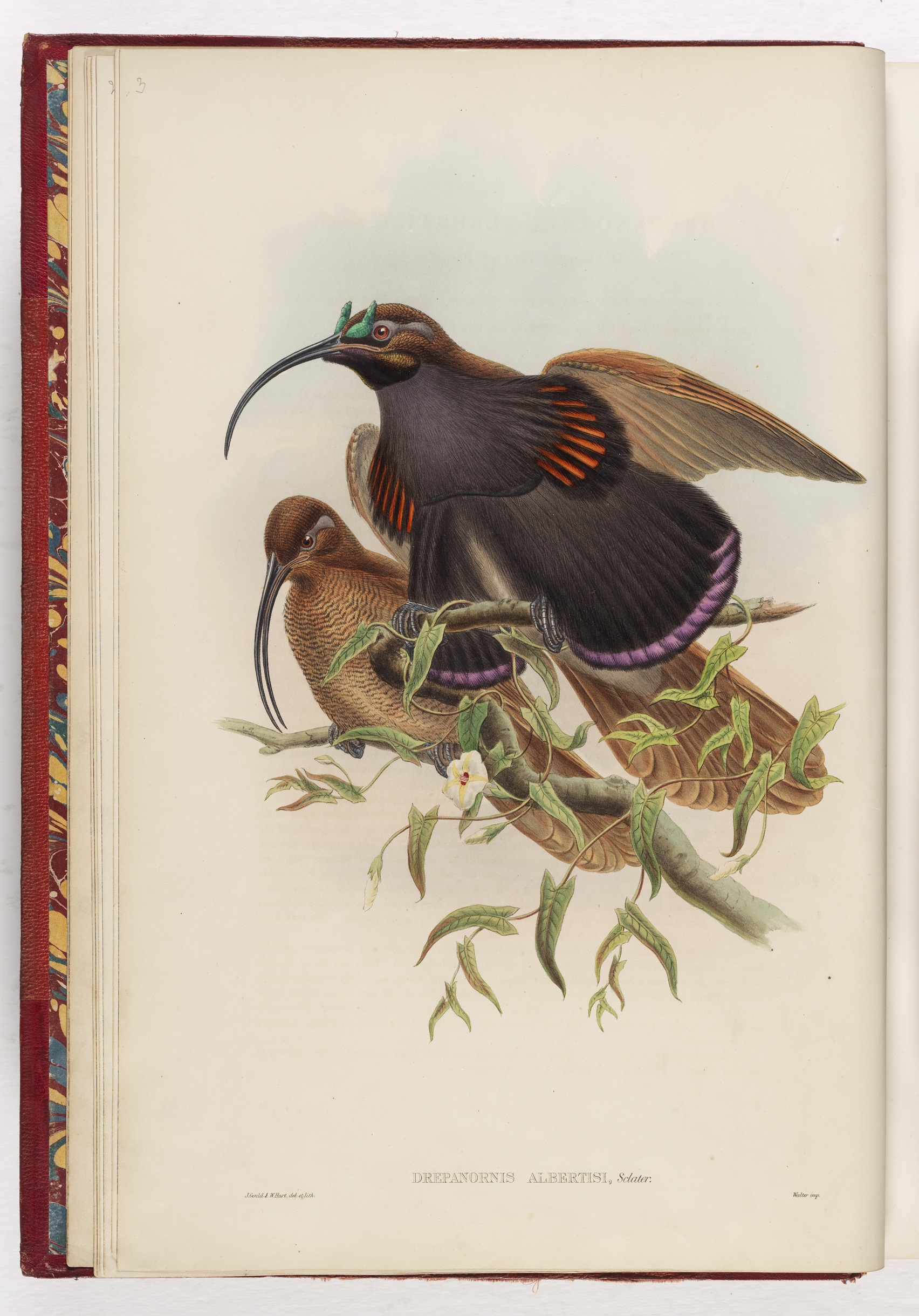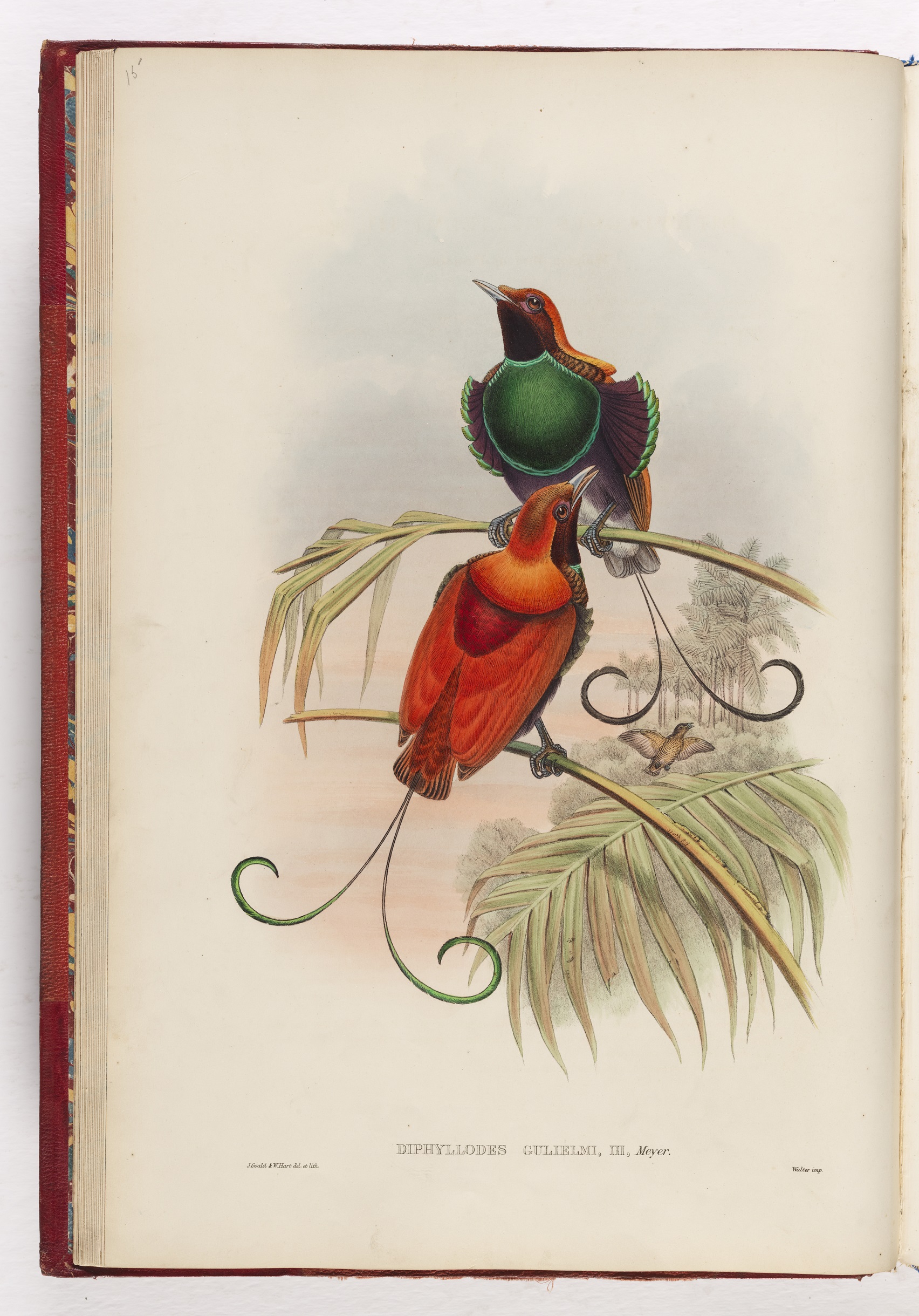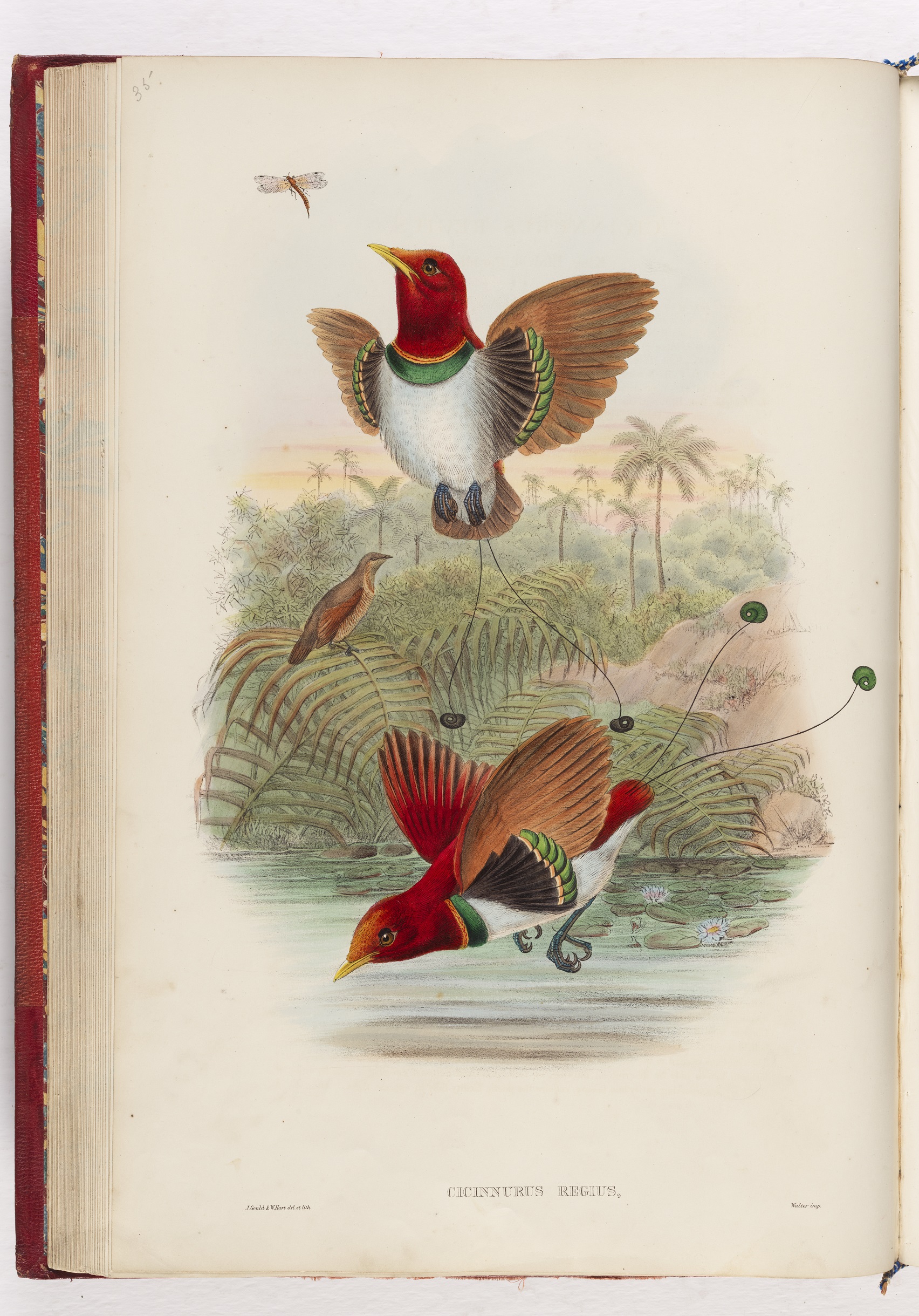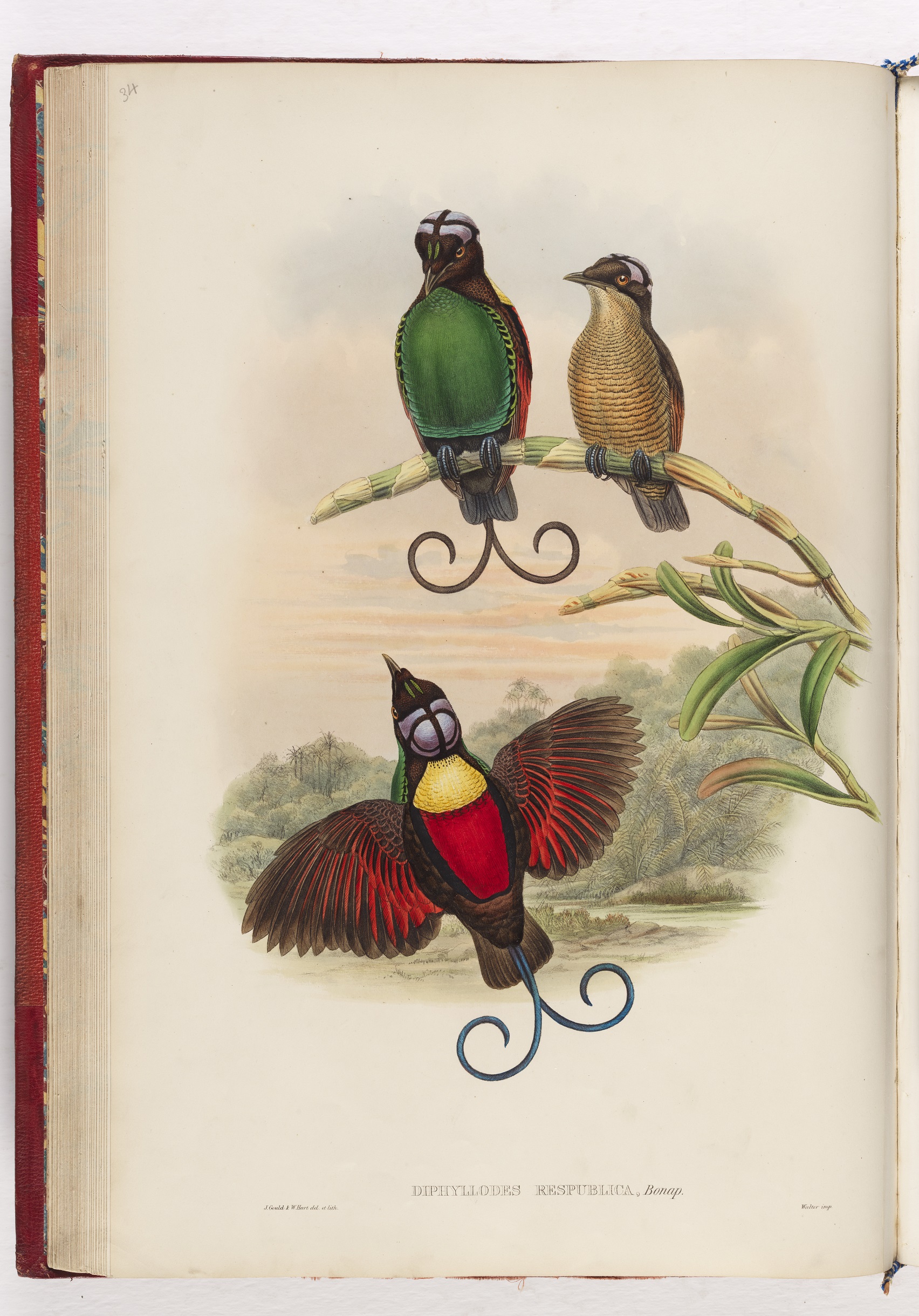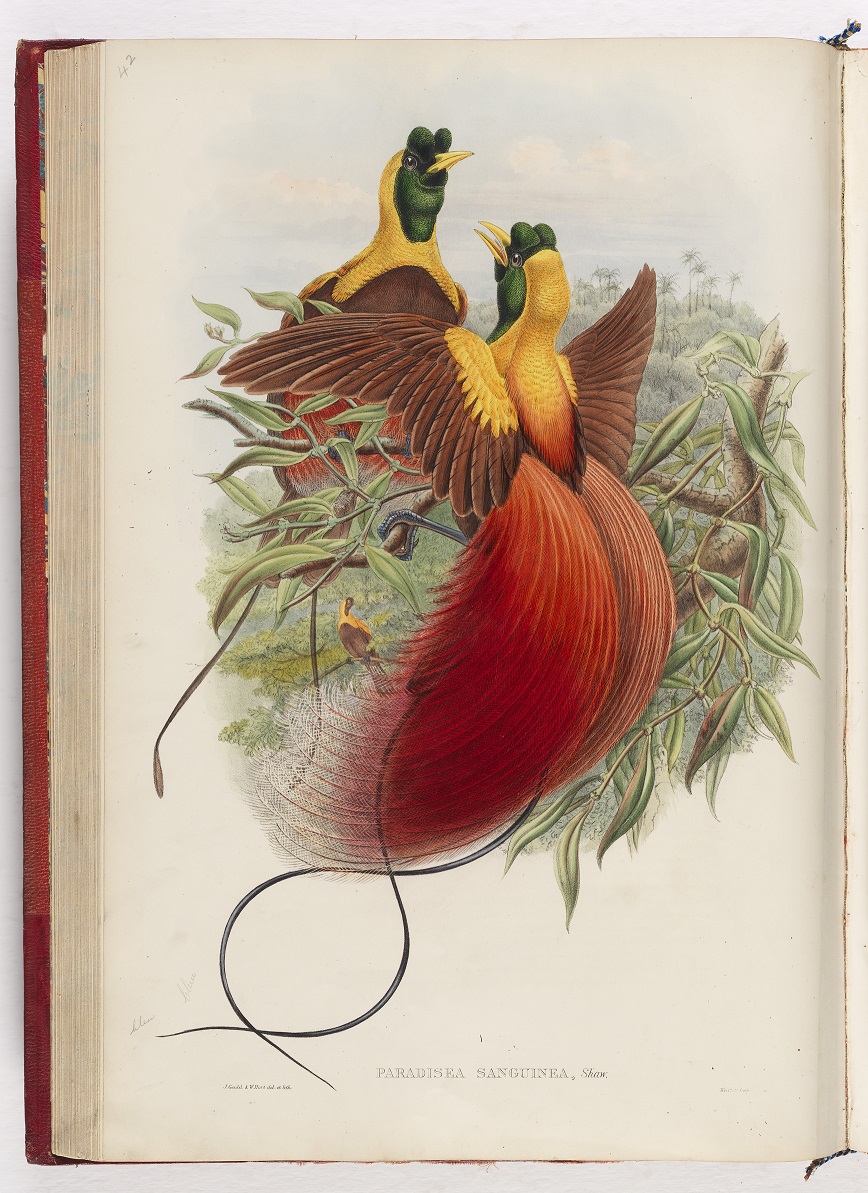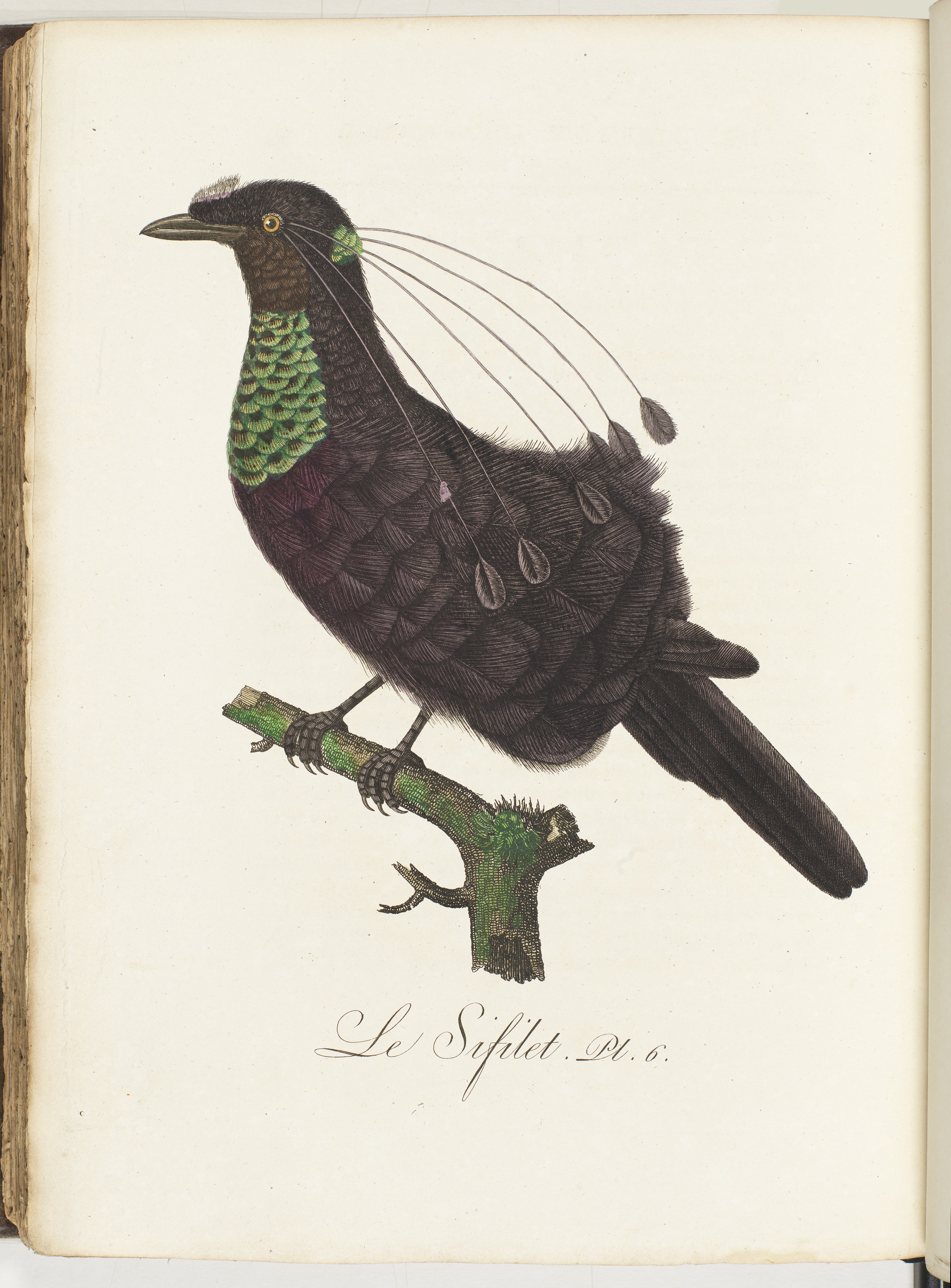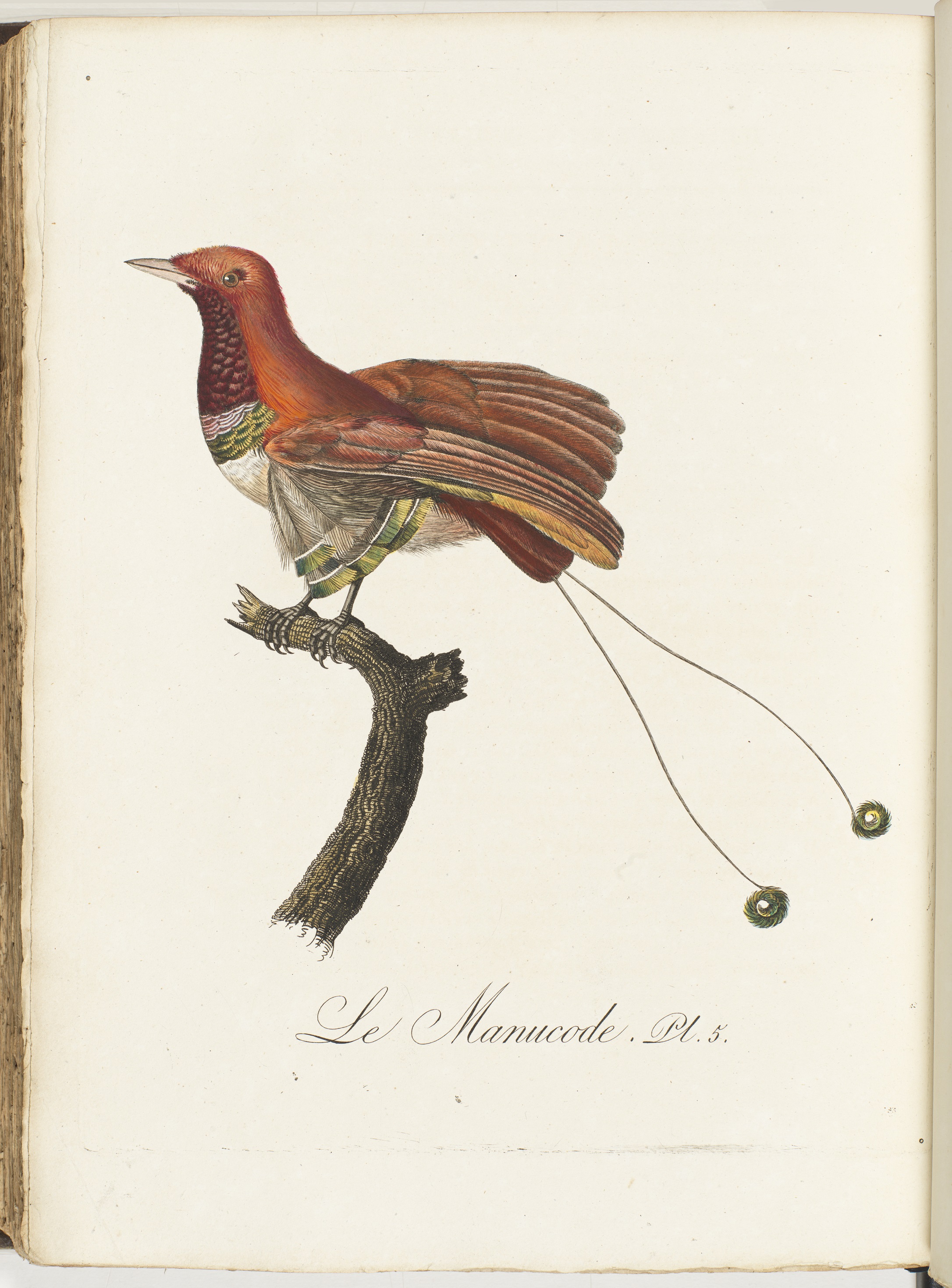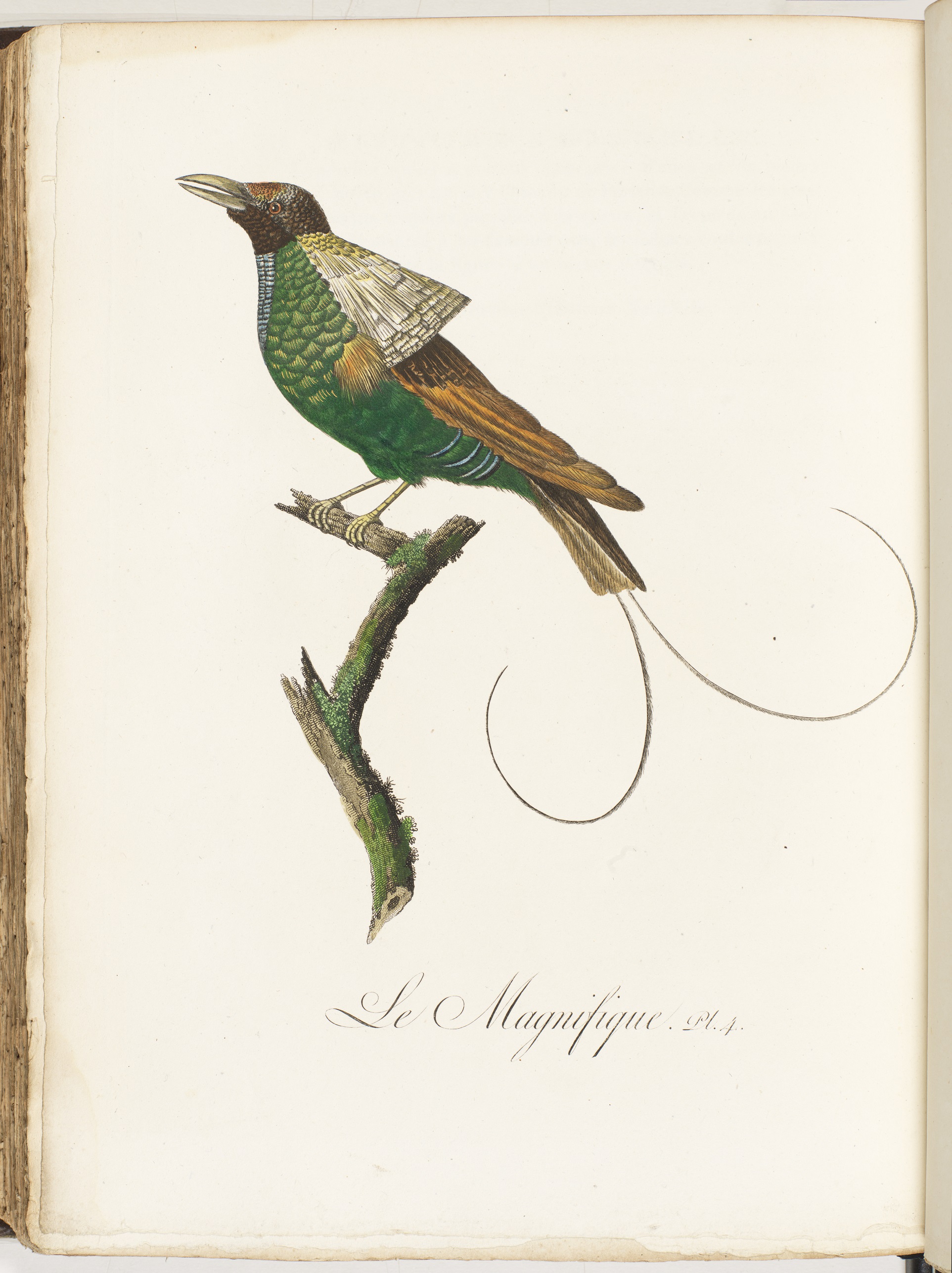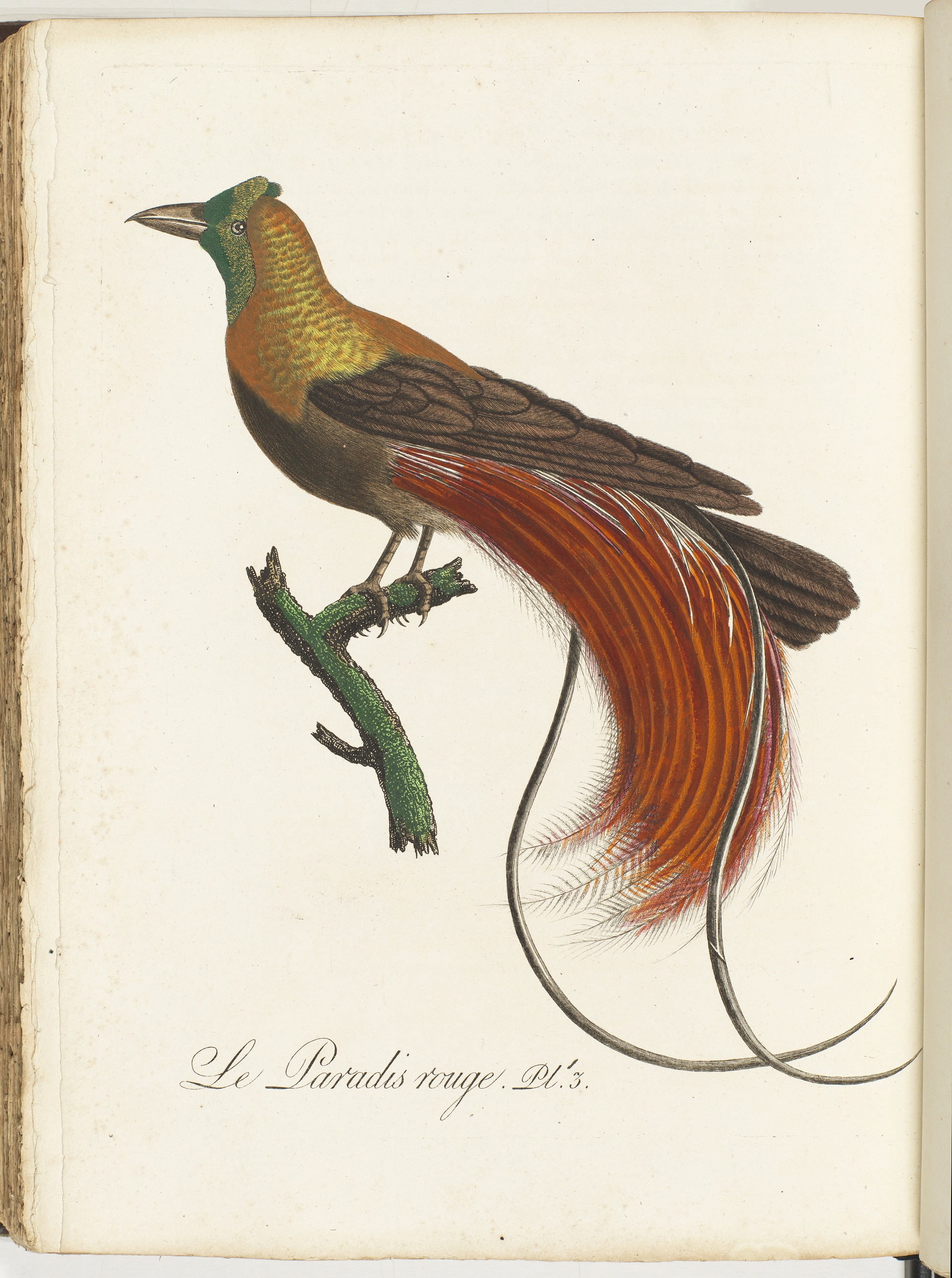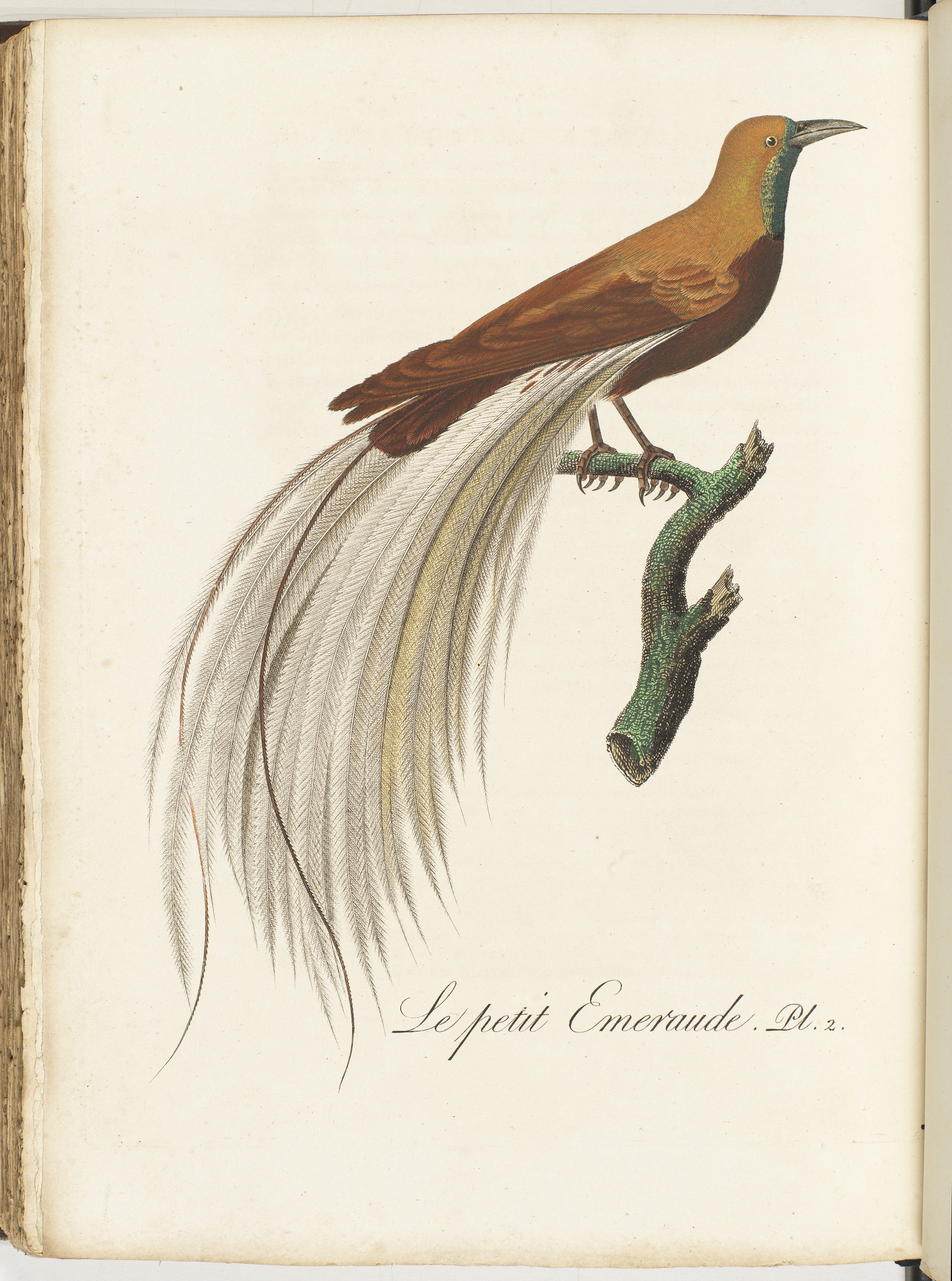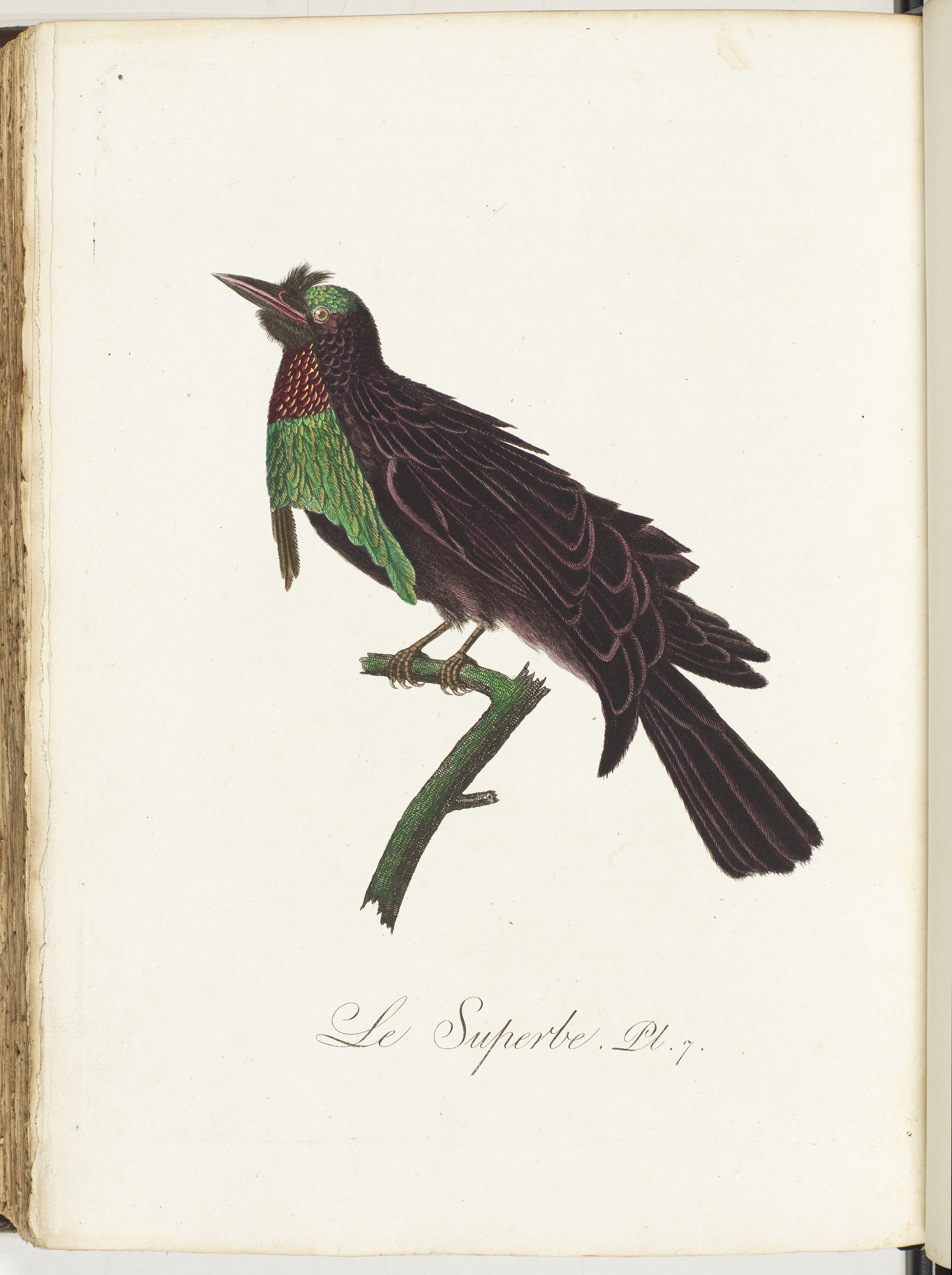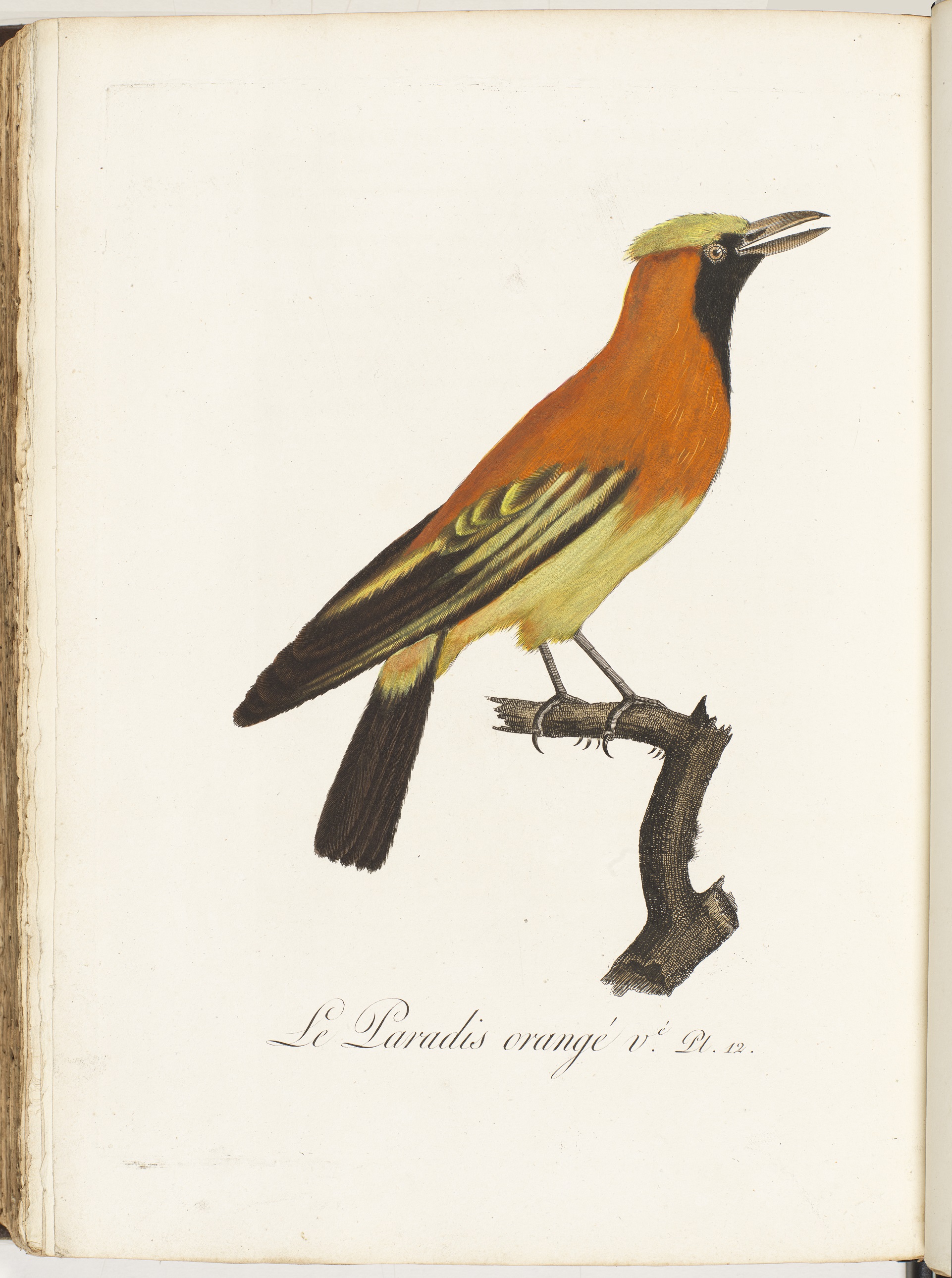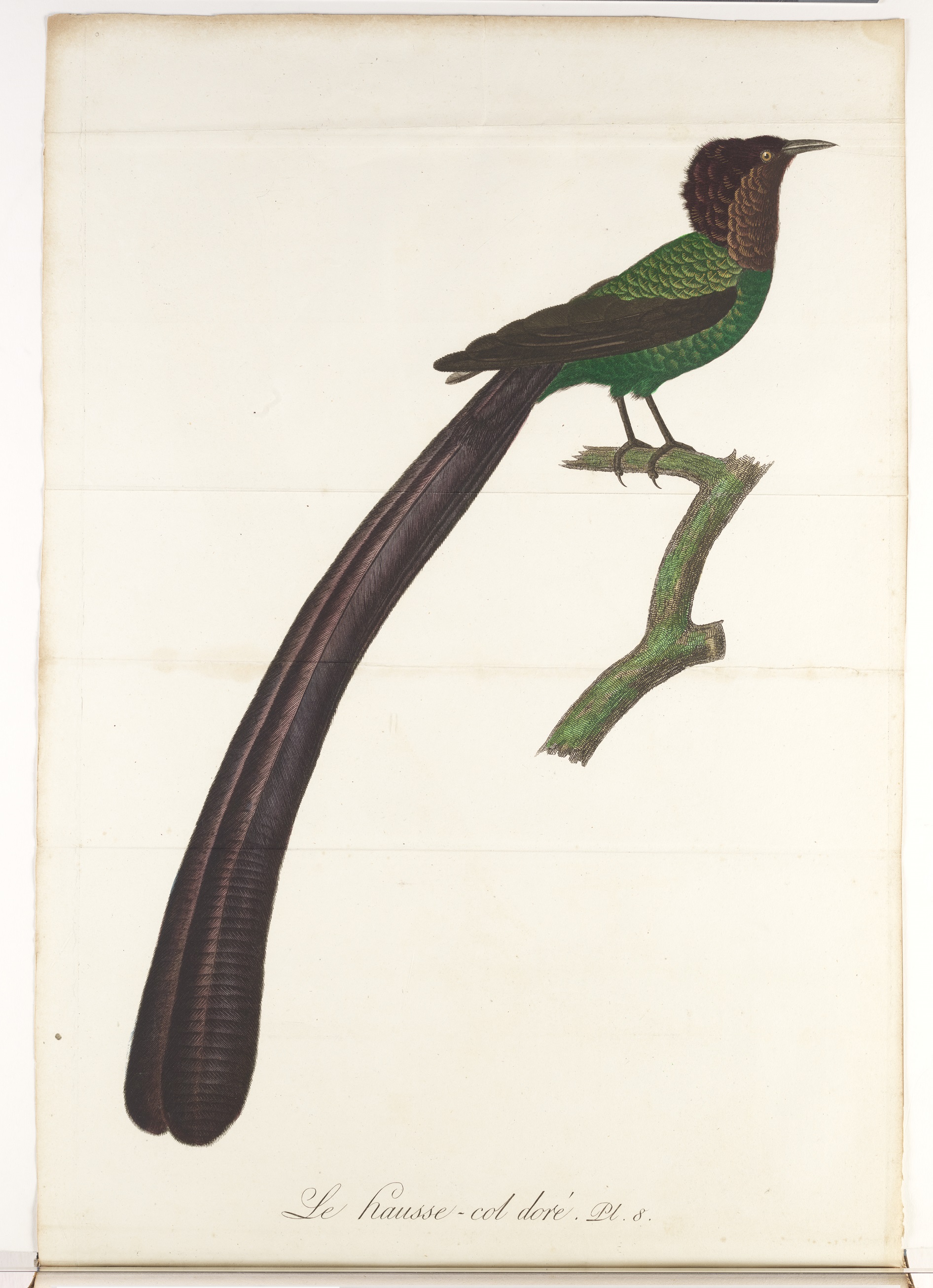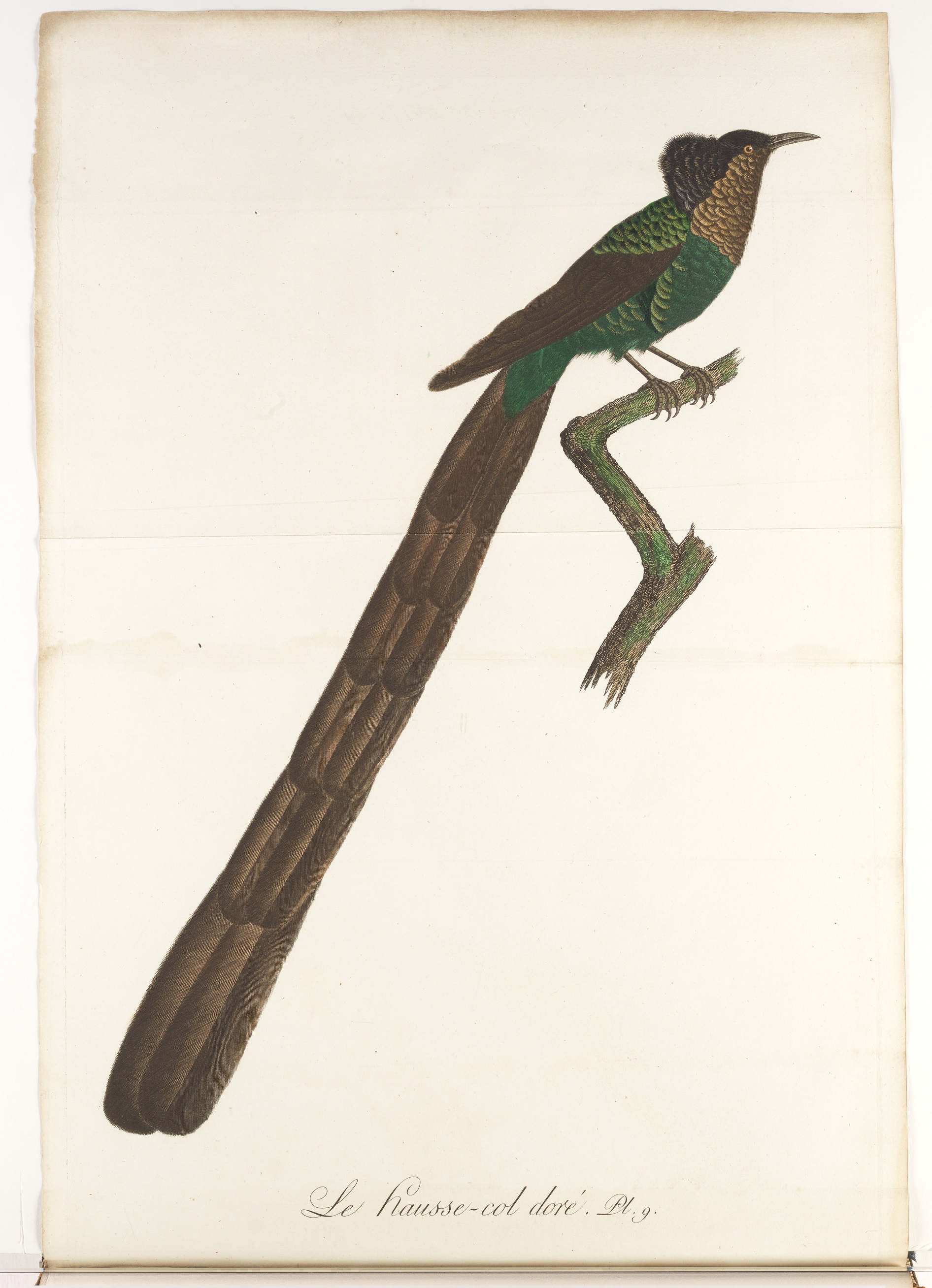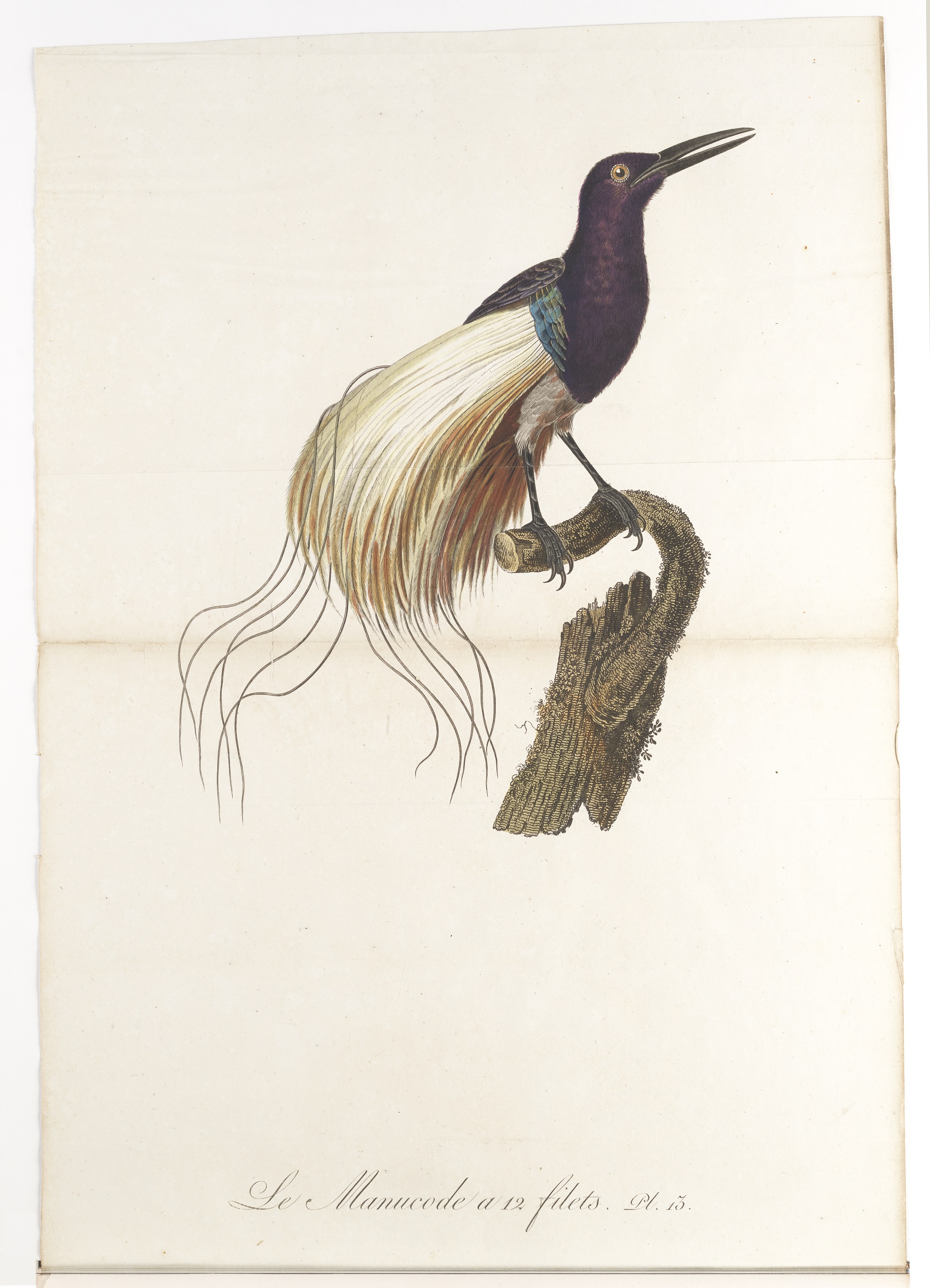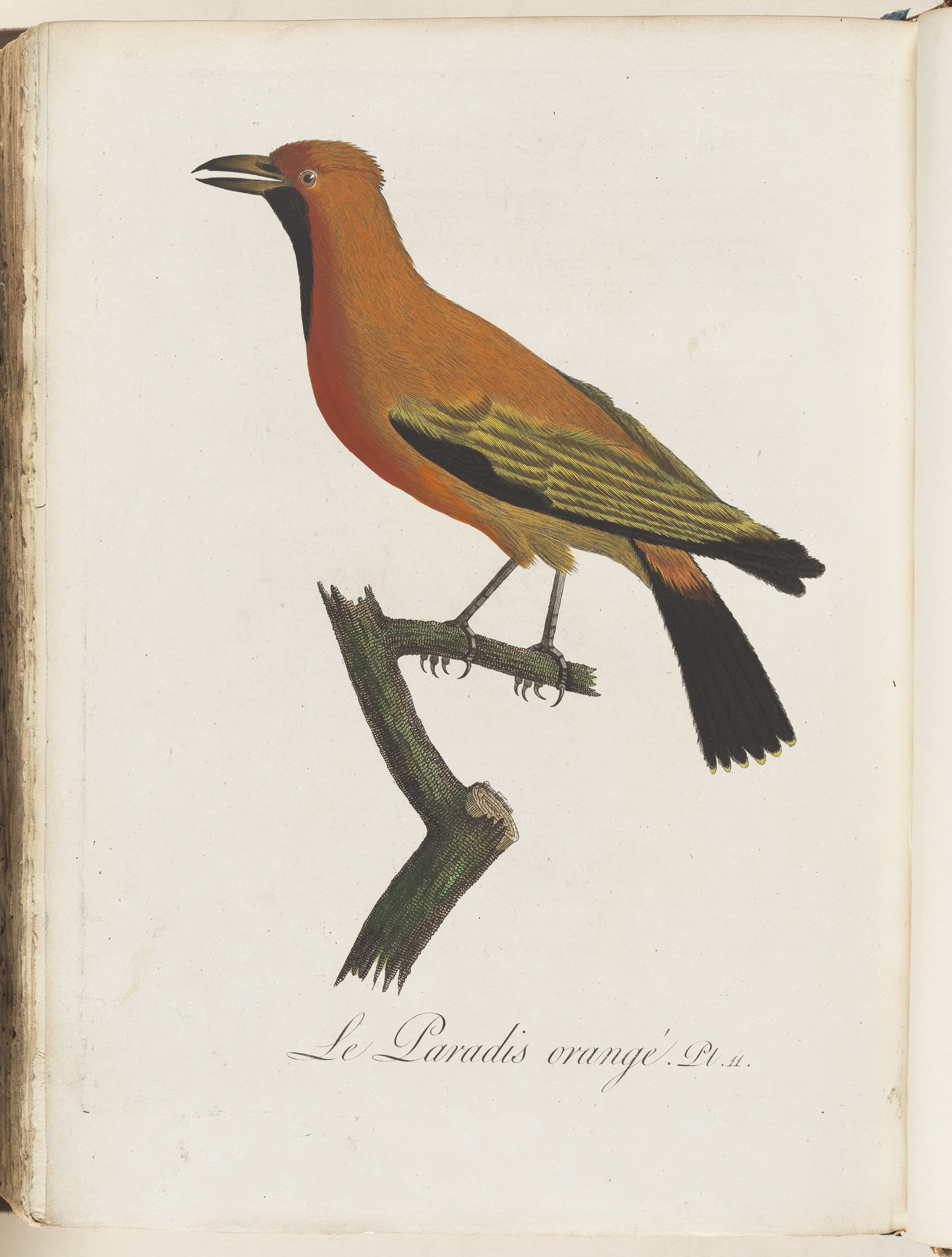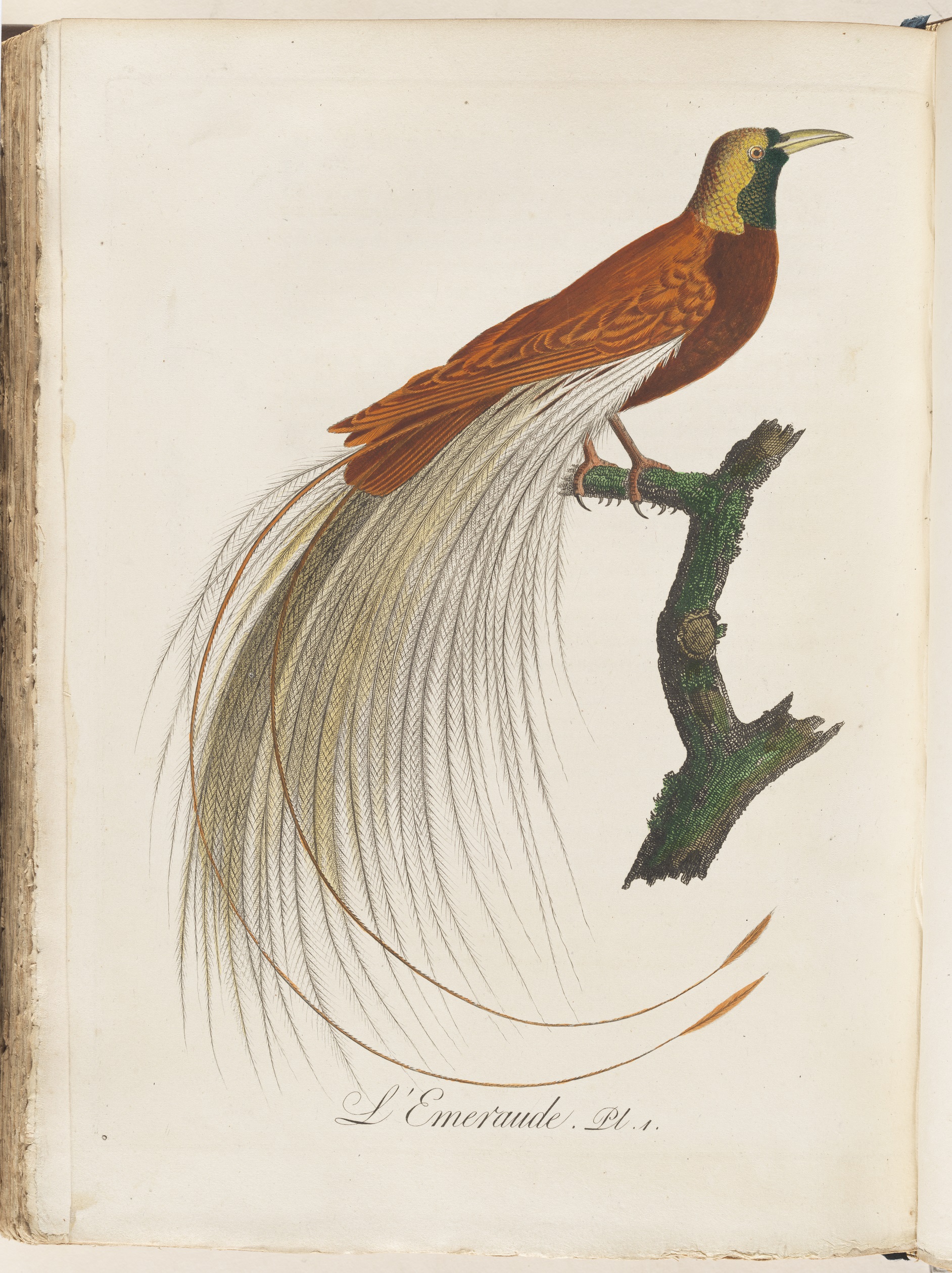Birds of paradise
The most extraordinary and the most beautiful of the feathered inhabitants of the earth
— Edgar Wallace
Papua New Guinea is home to all but two of the forty-one birds of paradise species. Societies of New Guinea traditionally used bird of paradise plumes in their dress and rituals. Men from the Yonggom tribe were extremely knowledgeable about the birds and successfully hunted the Greater Birds of Paradise, using their feathers as adornment on ceremonial headdresses worn during ritual dances.
It is thought the first birds of paradise skins were brought to Europe in 1522 by the surviving crew members of the Victoria, the only ship to complete Magellan’s circumnavigation voyage of the globe.
The birds became a focus of scientific study because of their uniqueness and collected because of their great beauty. During the first two decades of the twentieth century, hats decorated with bird feathers, wings and entire bodies, were fashionable among cosmopolitan women of Europe and the Americas.
Europeans continued to know very little about the behaviour and biology of birds of paradise until 19th century voyages of exploration made it possible for naturalists to carry out first-hand observations of the birds in the wild and to collect and prepare specimens using scientific preparation techniques.
Before then the practise of preserving birds and animals was far from complete and many specimens collected by explorers and scientists prior to the nineteenth century were incomplete or malformed, with their wings and feet often cut off. Leading to some incorrect descriptions of the birds.
Jean Baptiste Audbert (1759-1800) studied drawing and painting in Paris and was known for his painting miniatures. The below work with 190 plates was published after the artist's death. Audbert invented his own colour printing process with lines of gold and silver over the painted colours of the birds to give them a metallic sheen imitating the iridescent colours of nature. This book was written with his friend French ornithologist, Louis Jean Pierre Vieillot (1748-1831), Vieillot one of the first ornithologists to study changes in plumage, and was also one of the first to study live birds as well as the skins.
In 1854, naturalist Alfred Russell Wallace (1823-1913) ventured into the Malay Archipelago of South-East Asia in search of natural history specimens including the coveted birds of paradise. He emerged eight years later with 125,660 specimens (mostly birds and insects) including several live birds of paradise with intact feet:
“The native mode of preserving them as Wallace observed was to cut off the wings and feet, and then skin the body up to the beak, taking out the skull. A stout stick is then run up through the specimen coming out at the mouth. Round this some leaves are stuffed, and the whole is wrapped up in a palm spathe and dried in the smoky hut. By this plan the head, which is really large, is shrunk up almost to nothing, the body is much reduced and shortened, and the greatest prominence is given to the flowing plumage. Some of these native skins are very clean, and often have wings and feet left on; others are dreadfully stained with smoke, and all hive a most erroneous idea of the proportions of the living bird.”
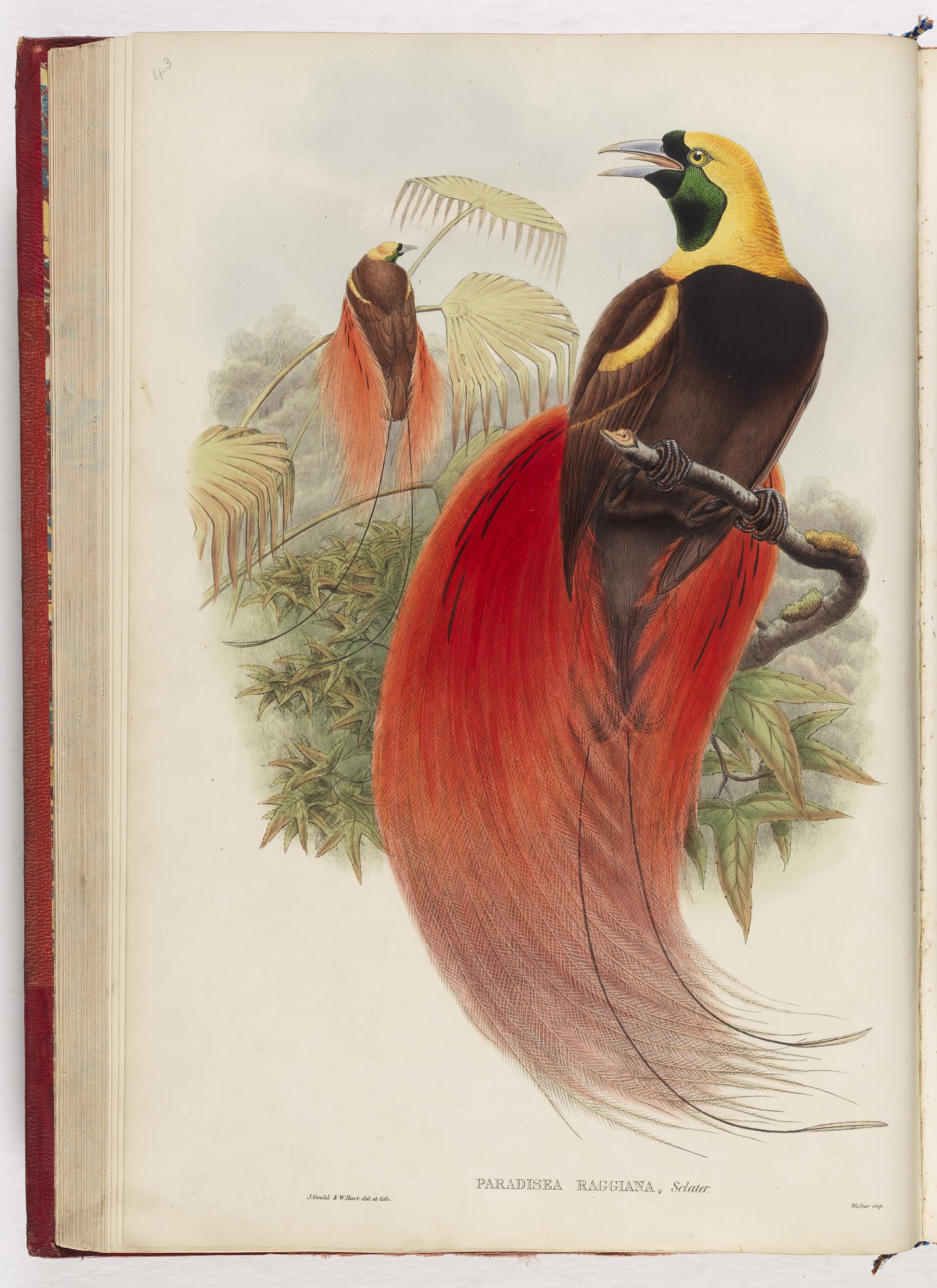
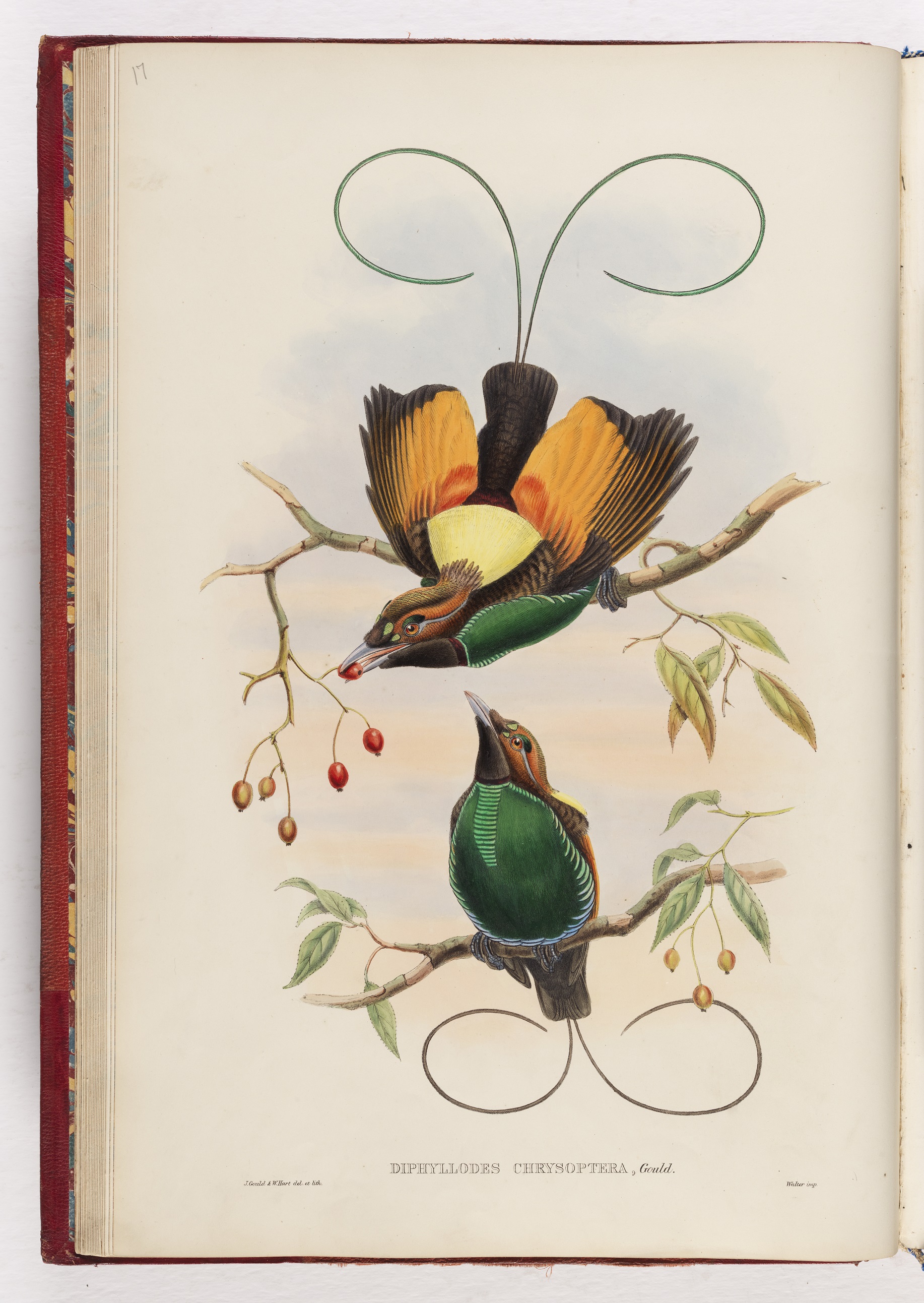
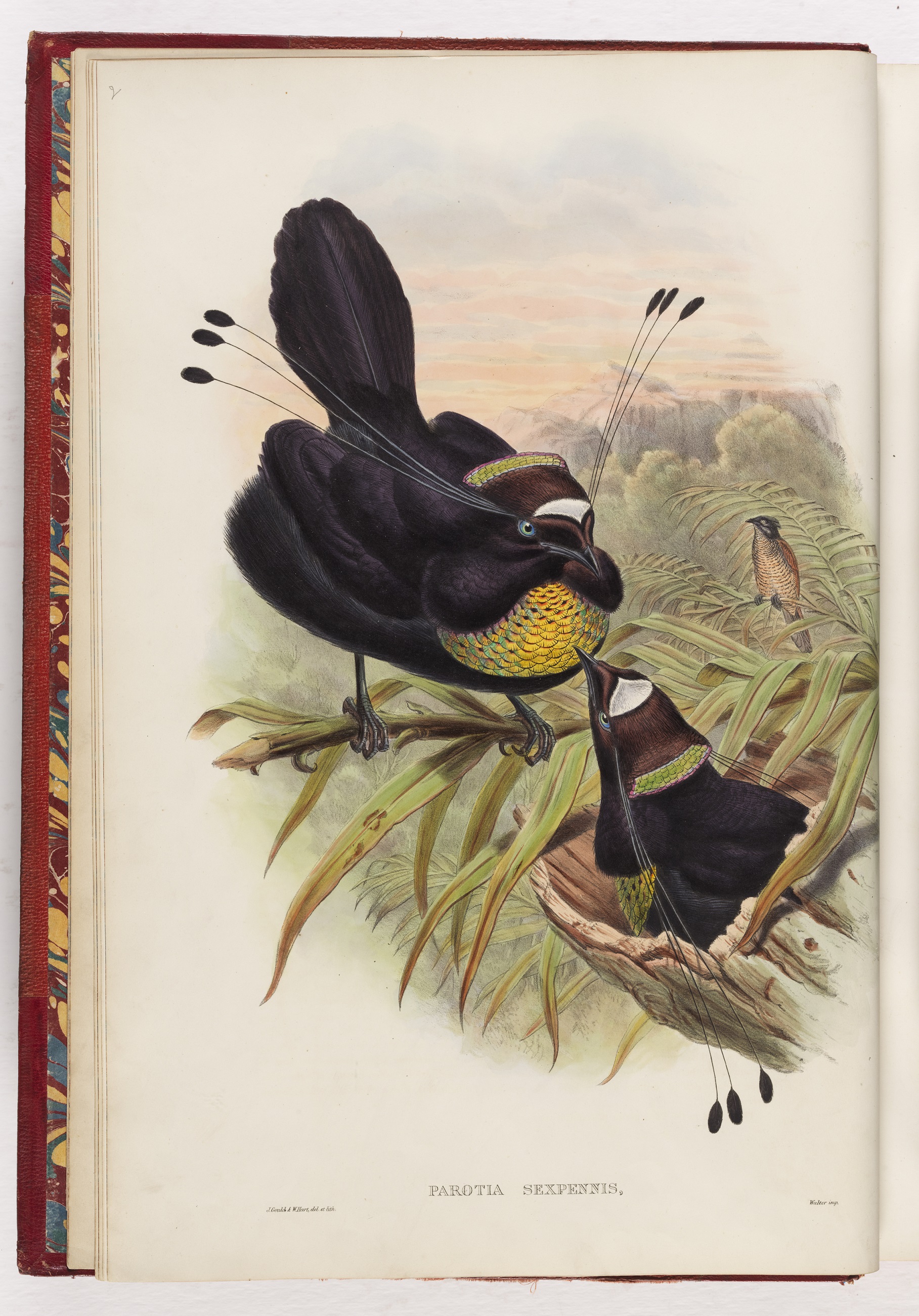
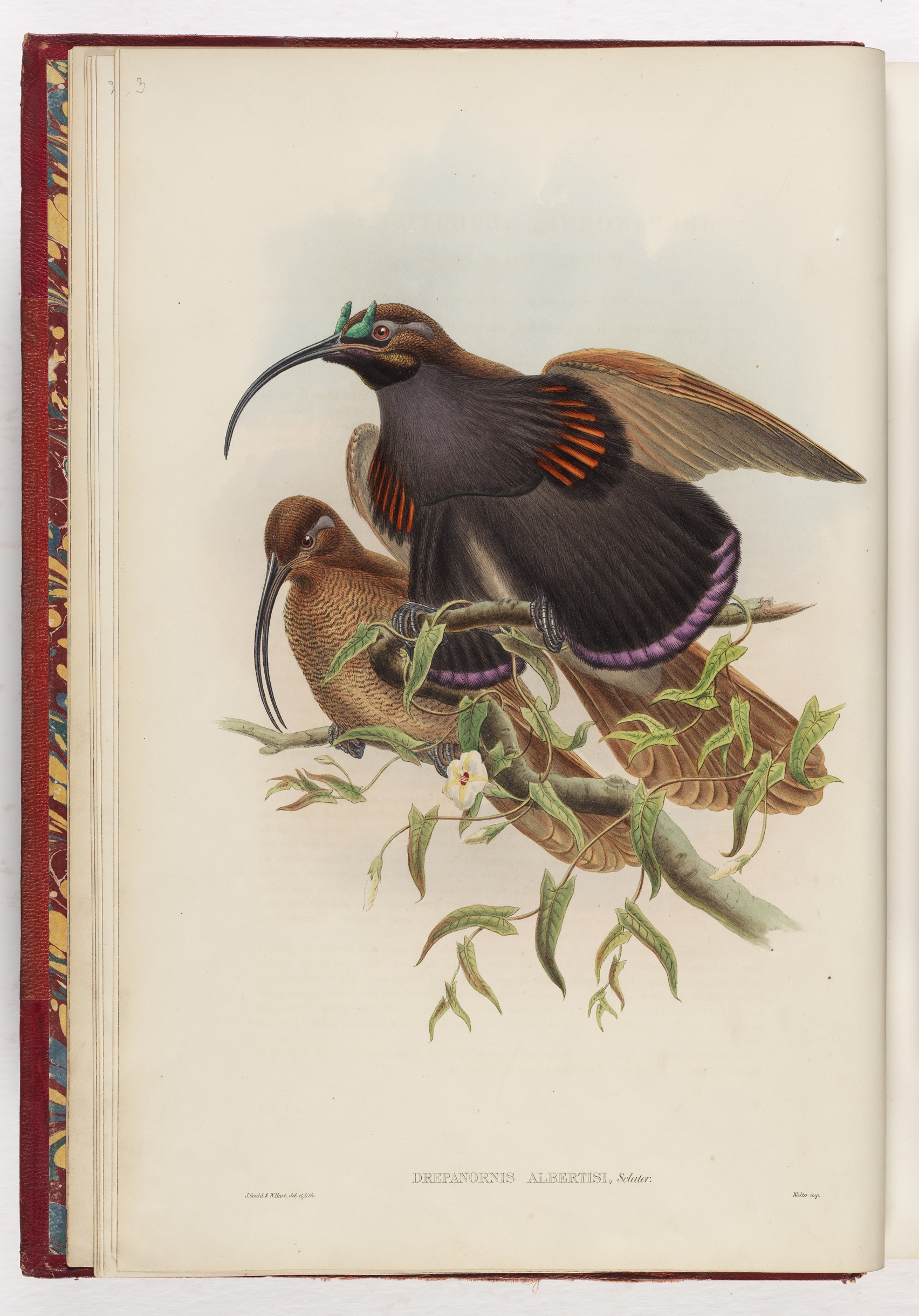
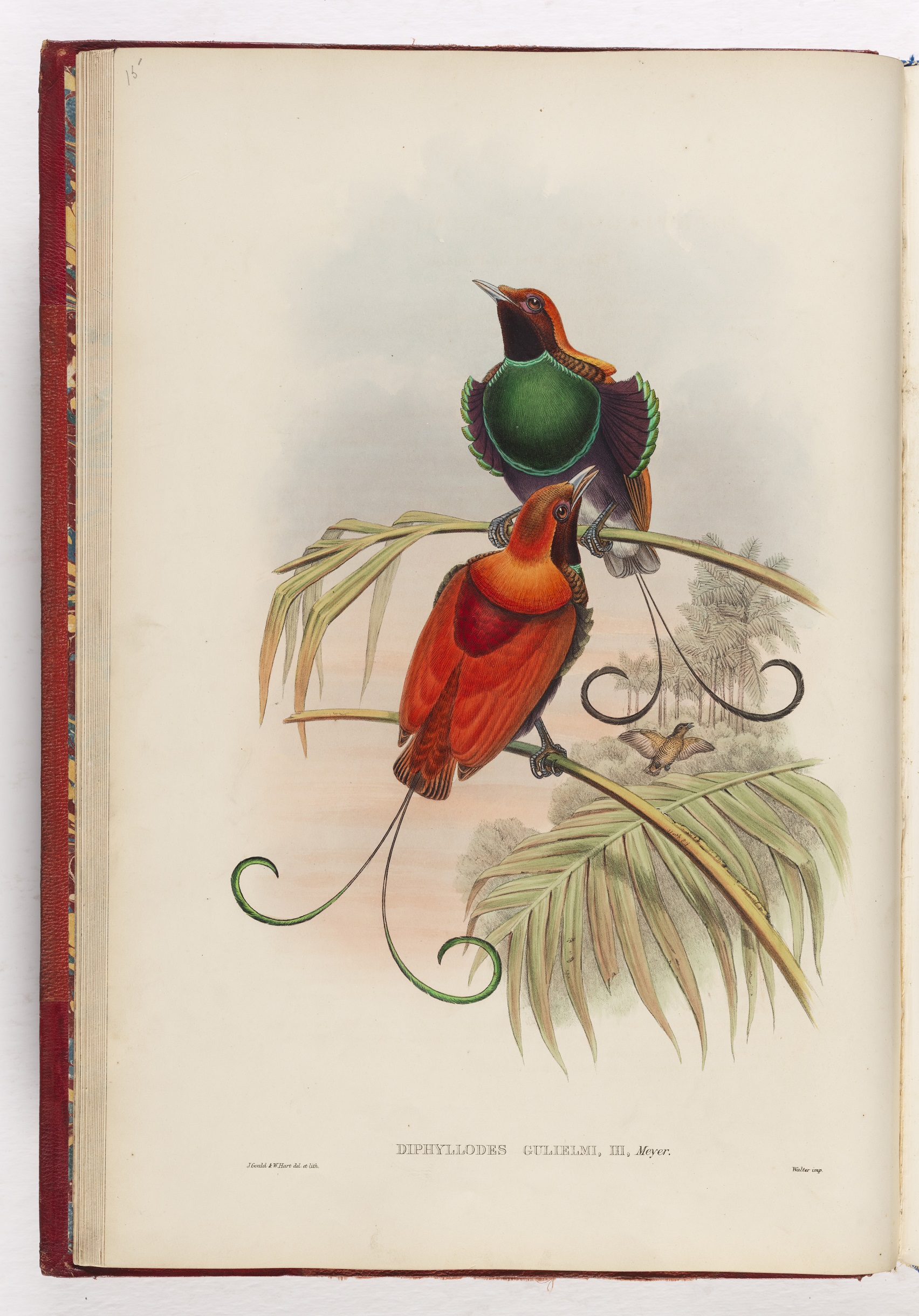
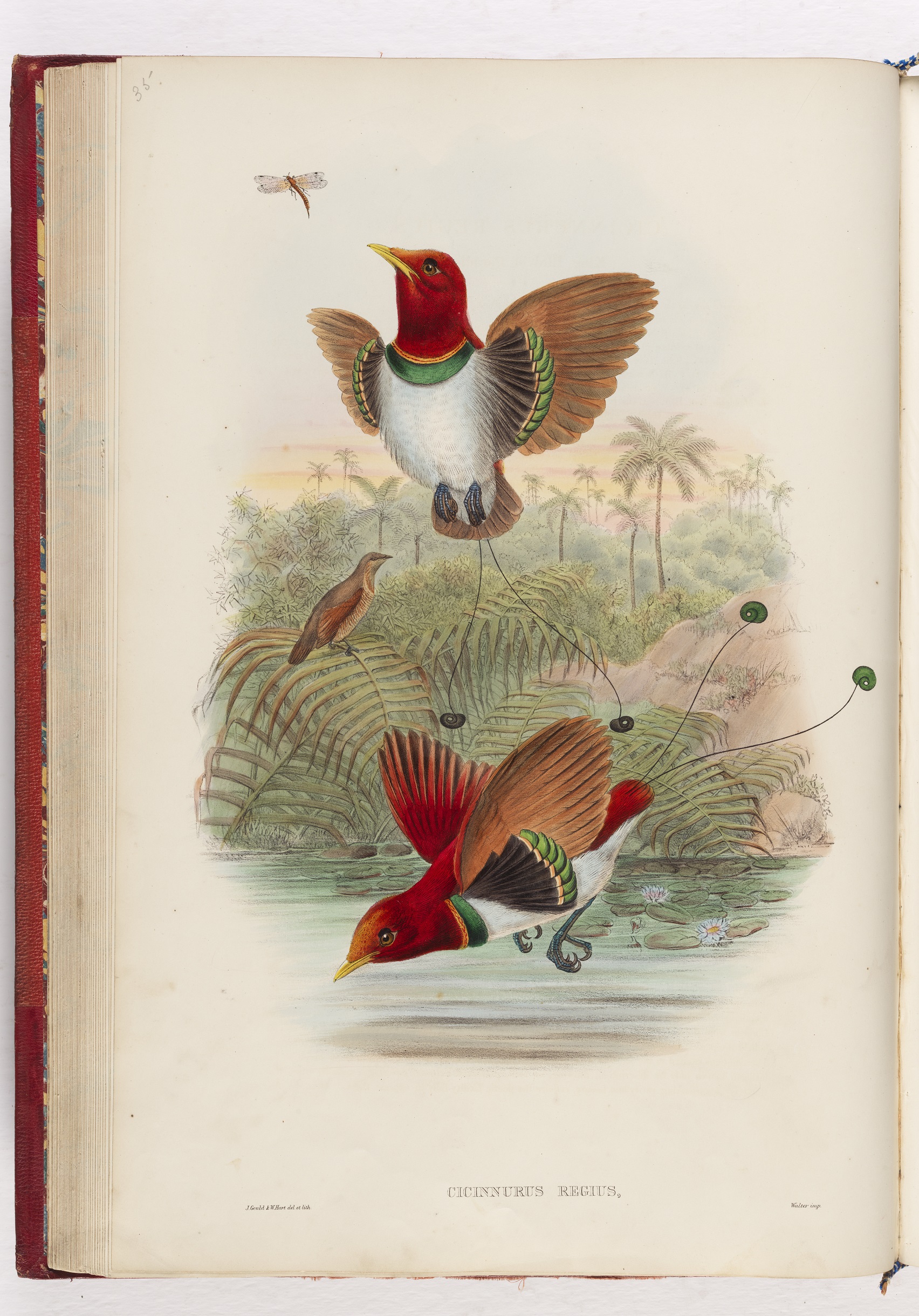
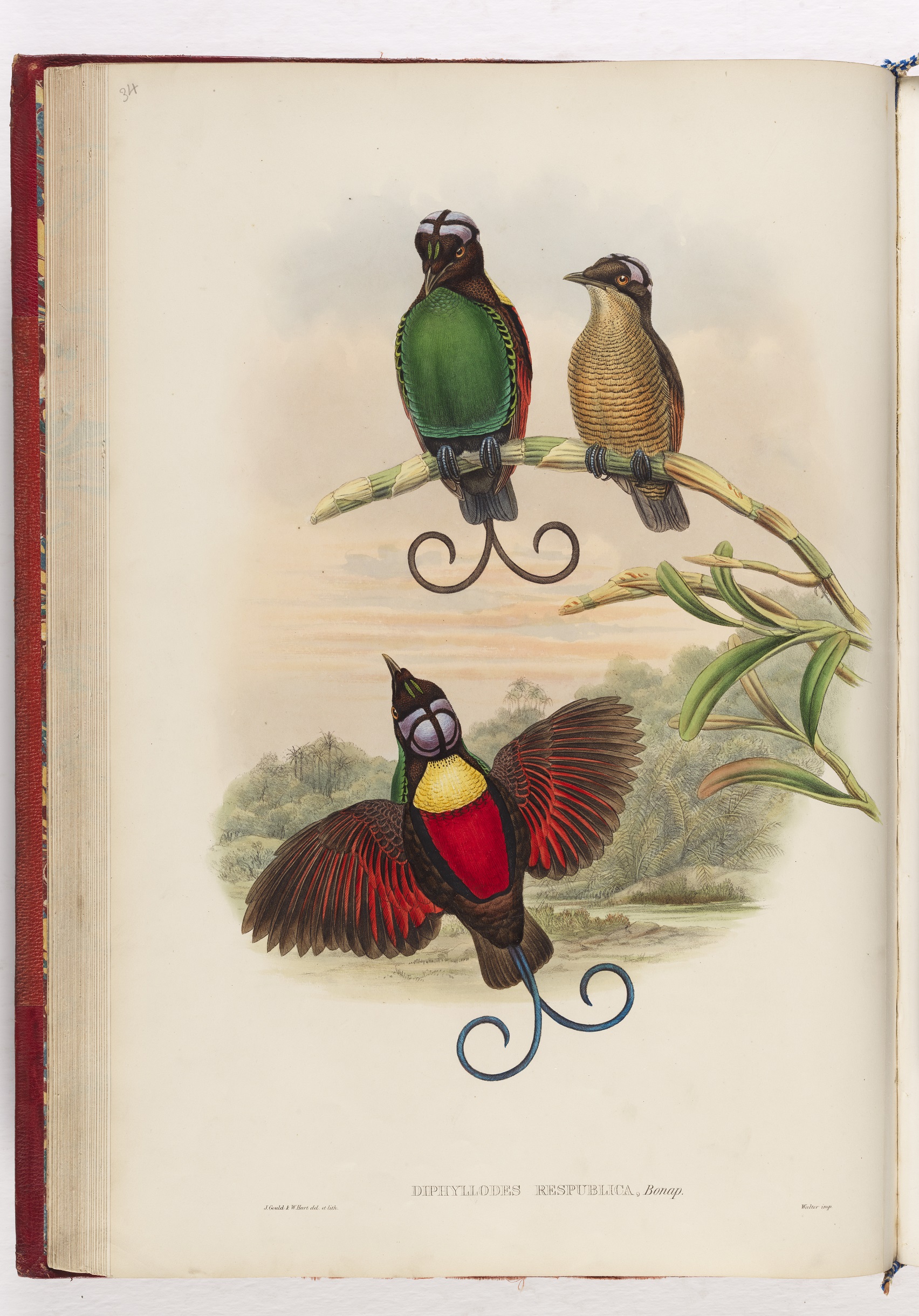
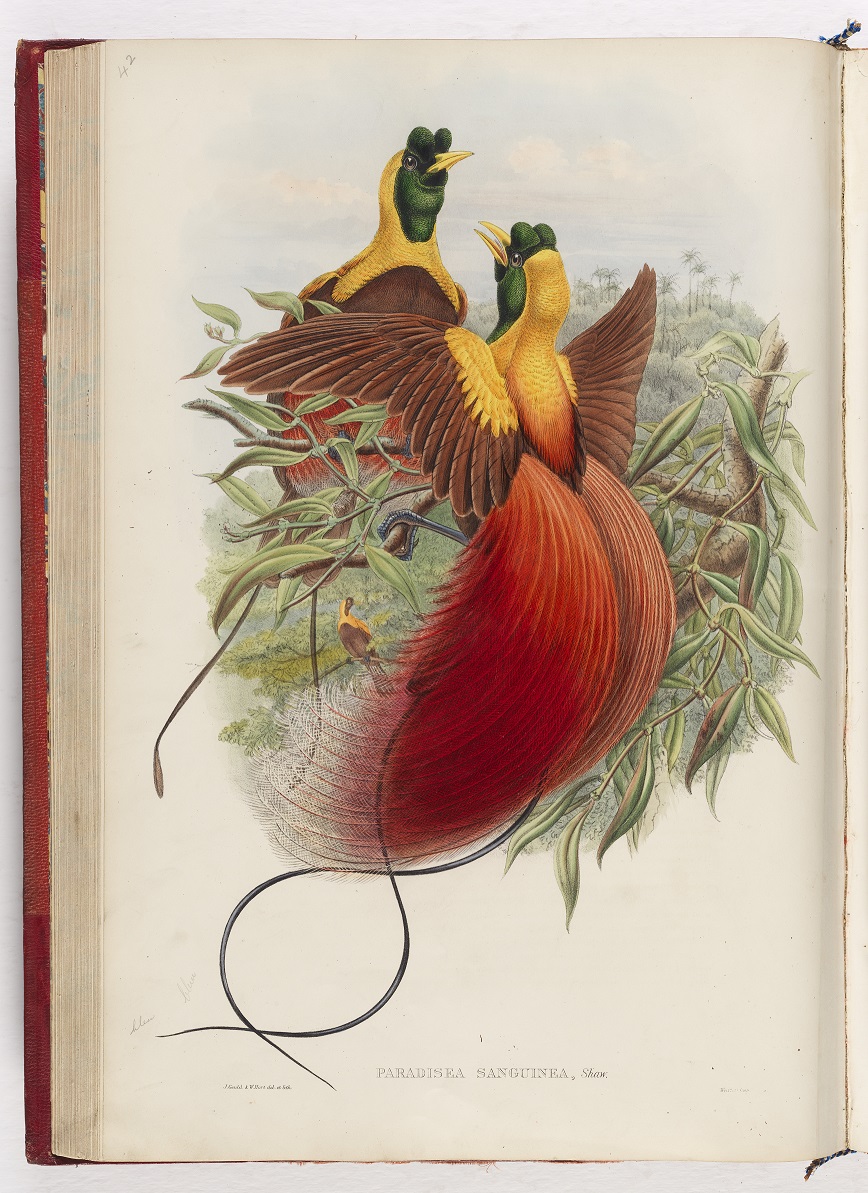
John Gould (1804-1881) visited Australia in 1838 and was known principally for his seven volume works Birds of Australia. He was engaged in compiling The Birds of New Guinea and the Adjacent Papuan Islands at the time of his death, and this work was completed by Dr R. B. Sharpe.
John Gould was an immensely successful publisher. Over his lifetime he produced 21 titles, 15 of which were folio sets consisting of 49 volumes containing 2999 unique plates. In 1870, 1062 individuals, institutions and libraries possessed one or more of his titles and, at one point, Gould's subscription list was valued at £143,000.
Gould had quickly recognised the commercial possibilities offered by the hand-coloured lithographic format in a limited edition. He also understood the importance of selling to institutions such as public, university and museum libraries. The complete sets held by institutions like the State Library have become increasingly rare, given that the sets owned by individuals were often broken up and sold.
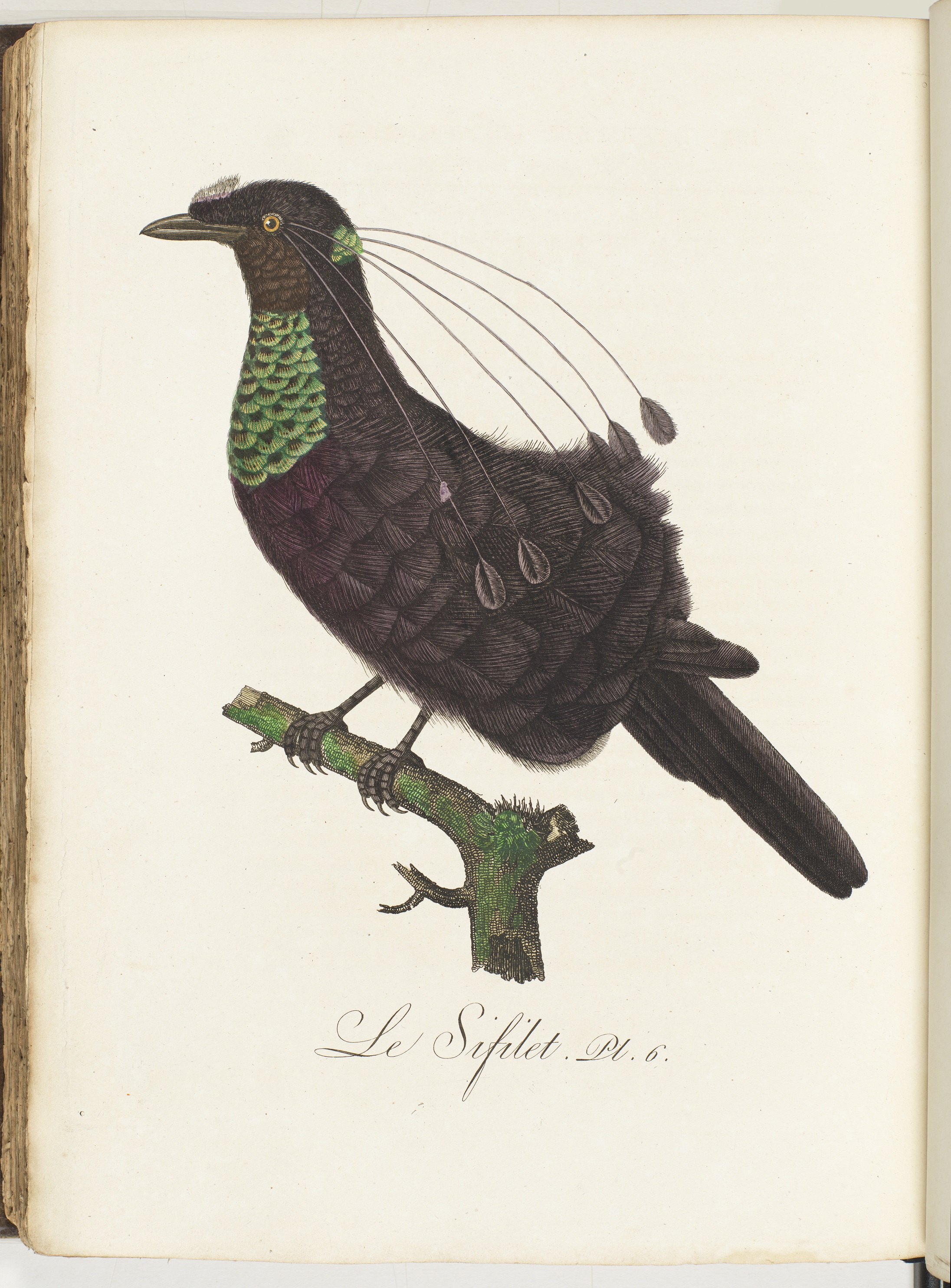
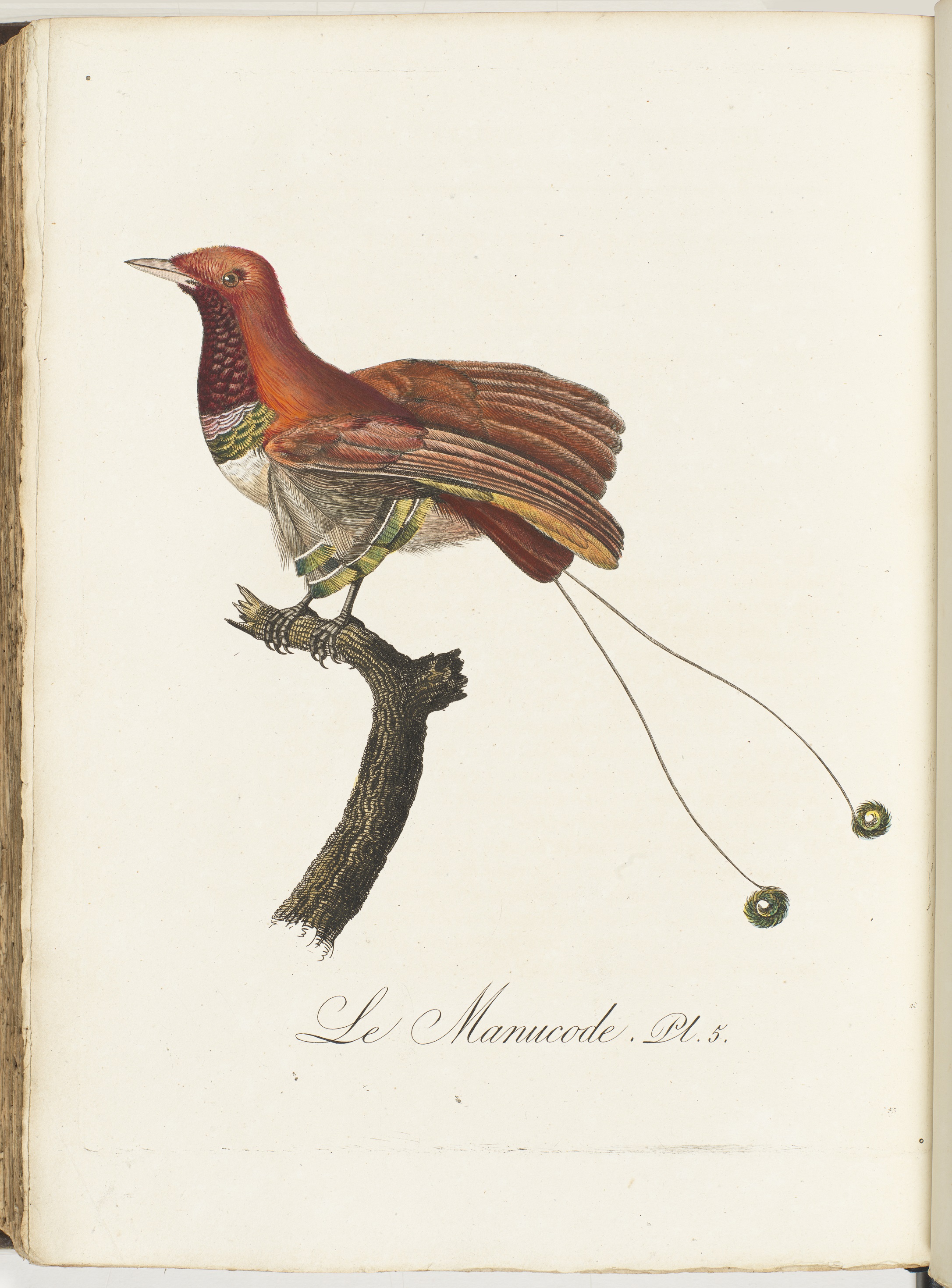
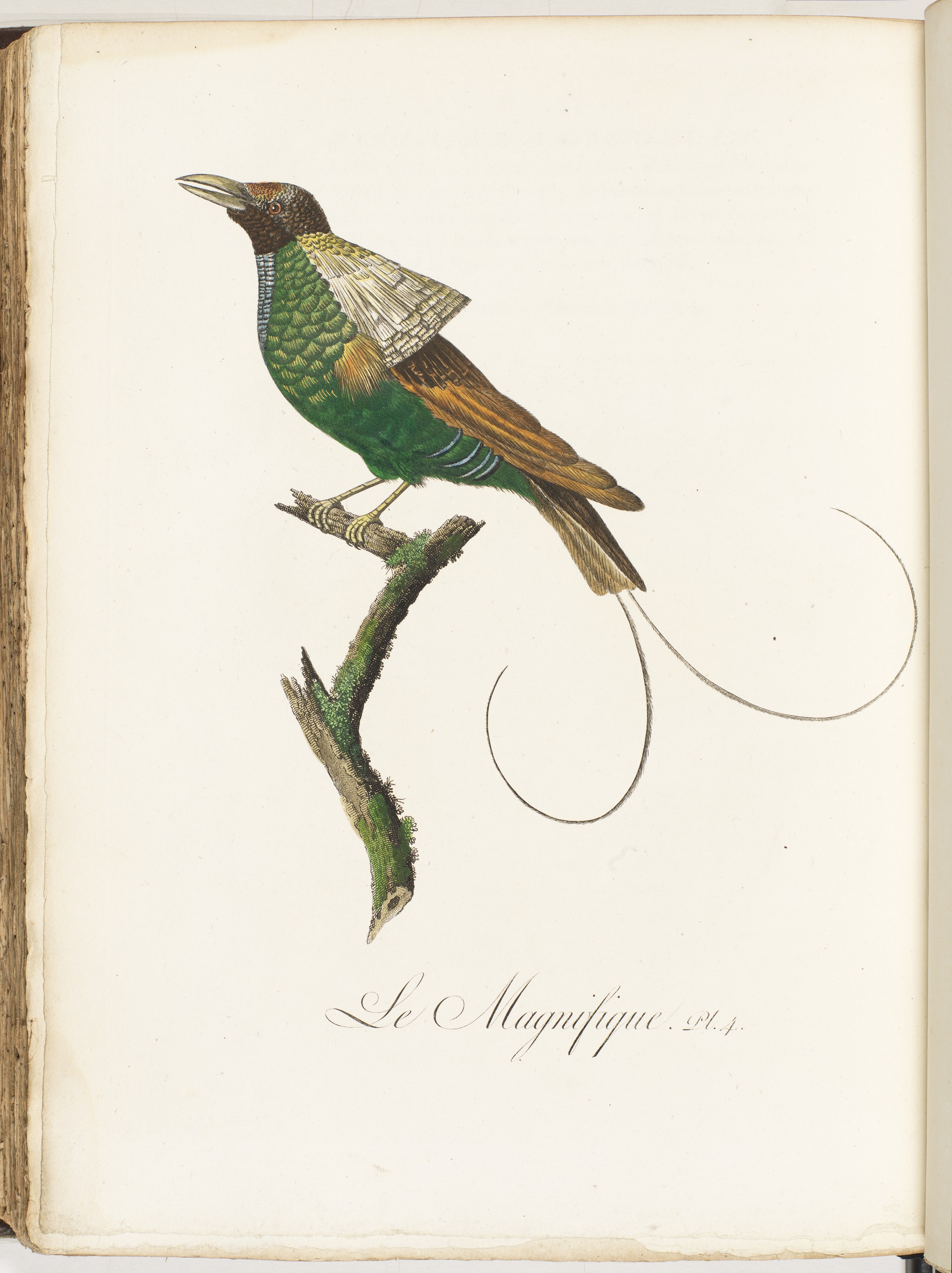
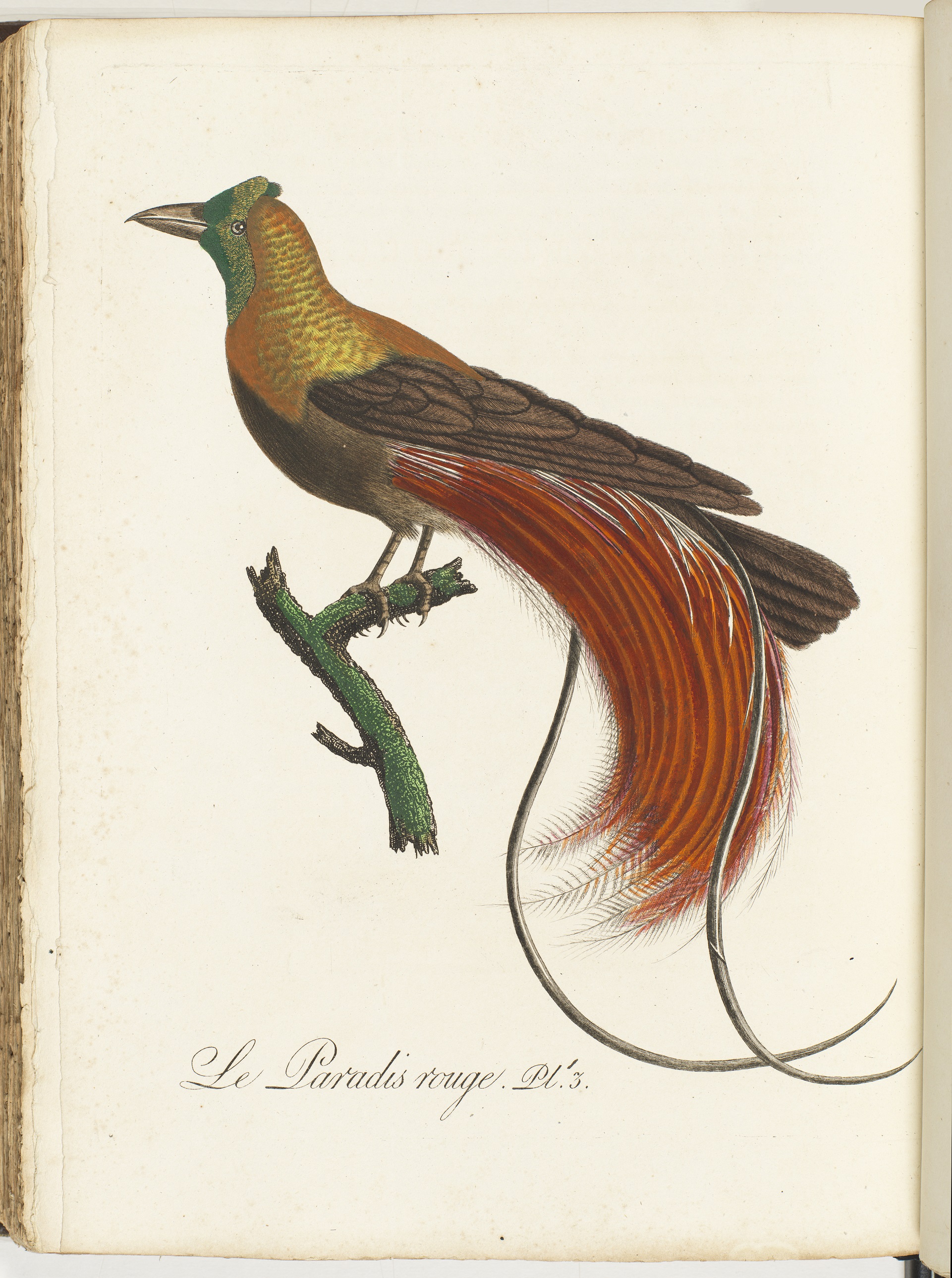
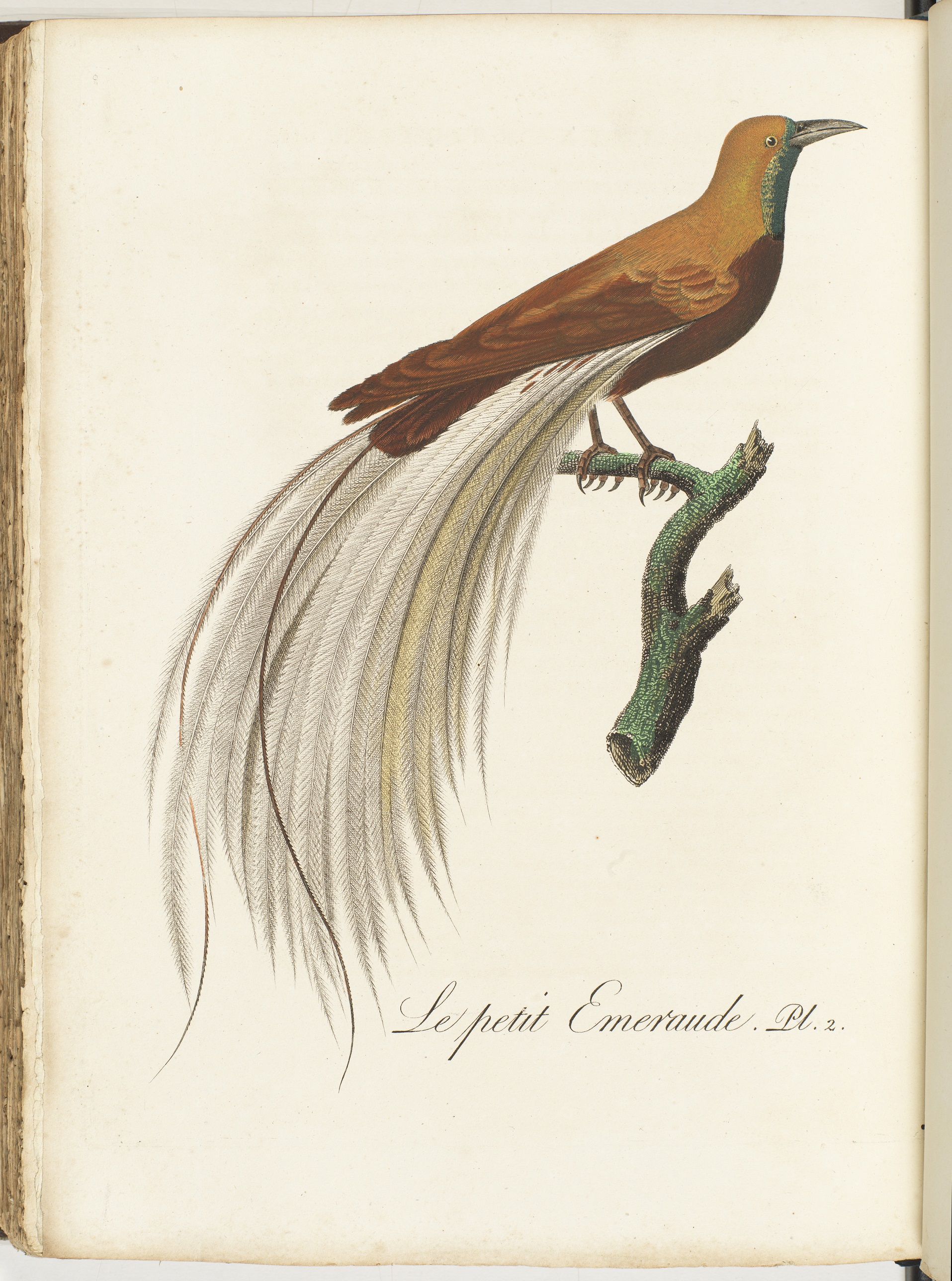
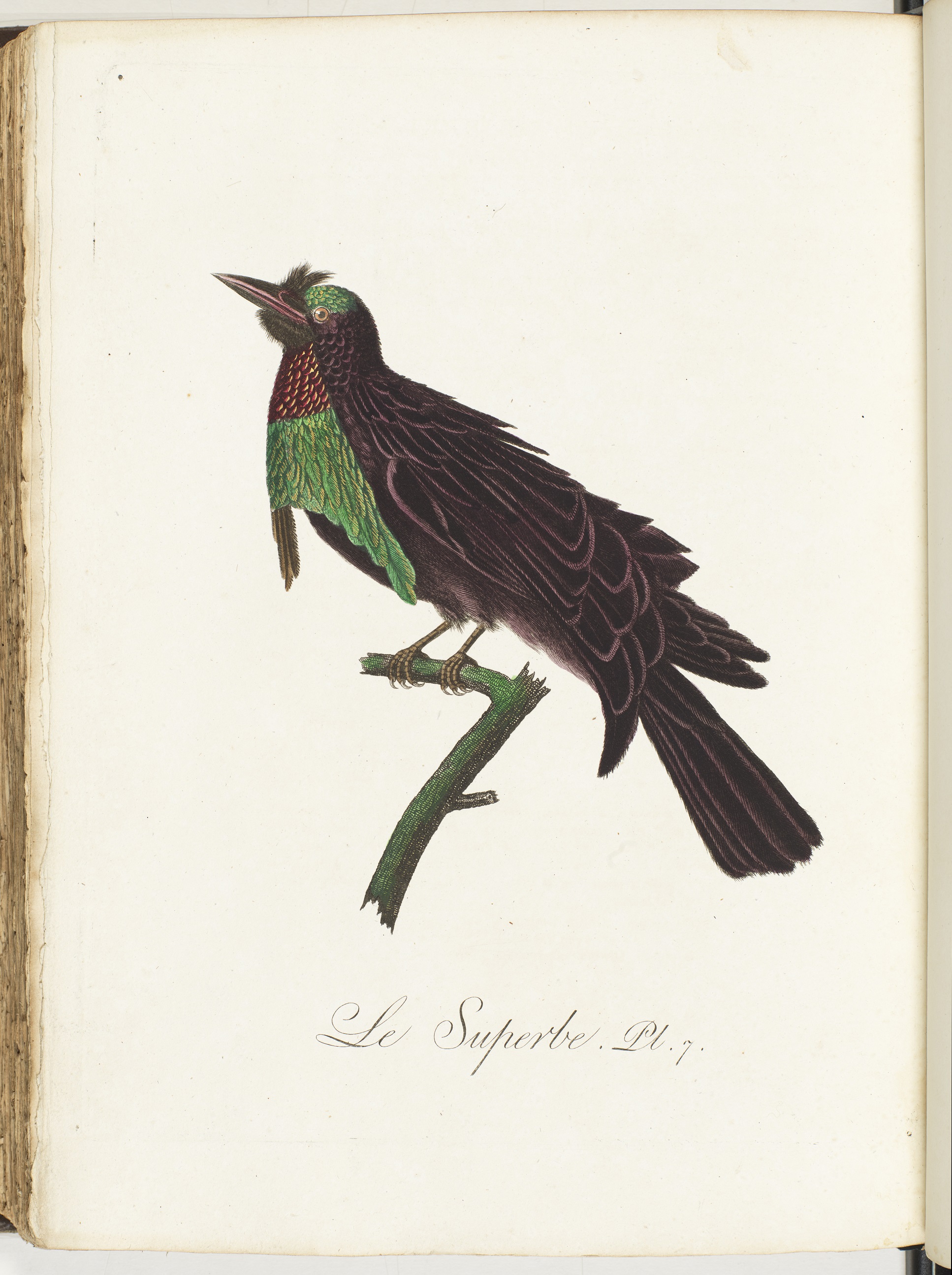
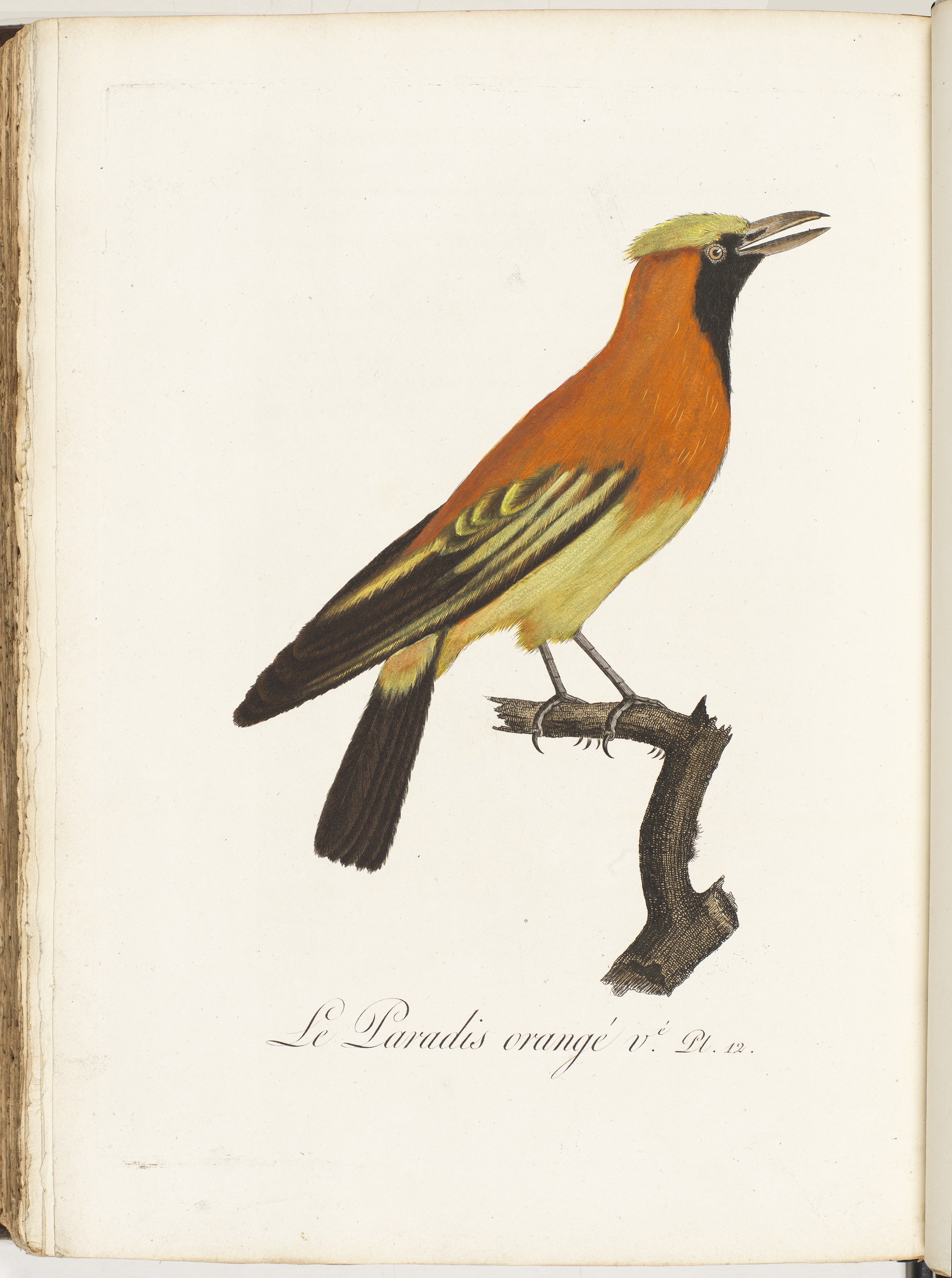
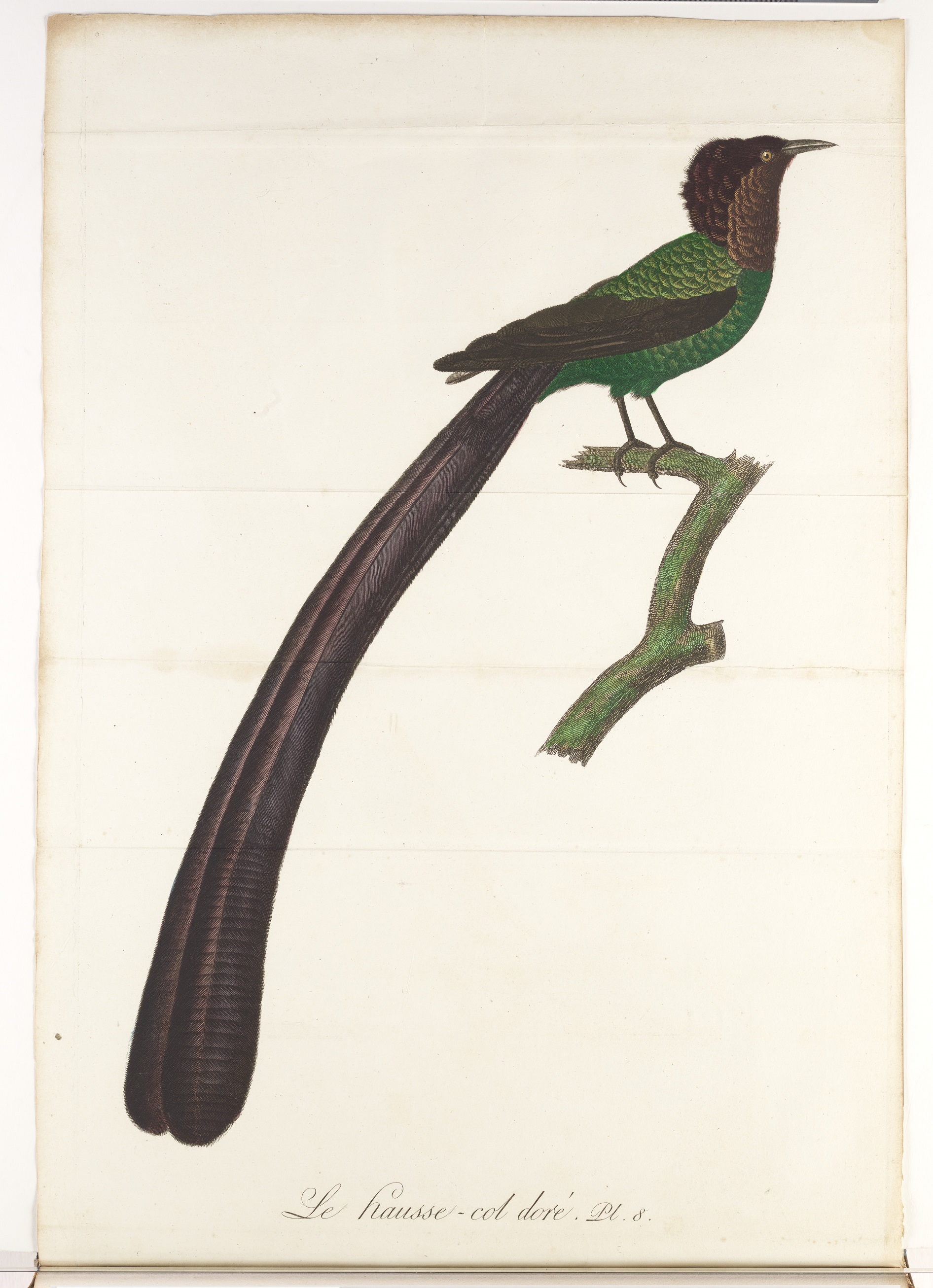

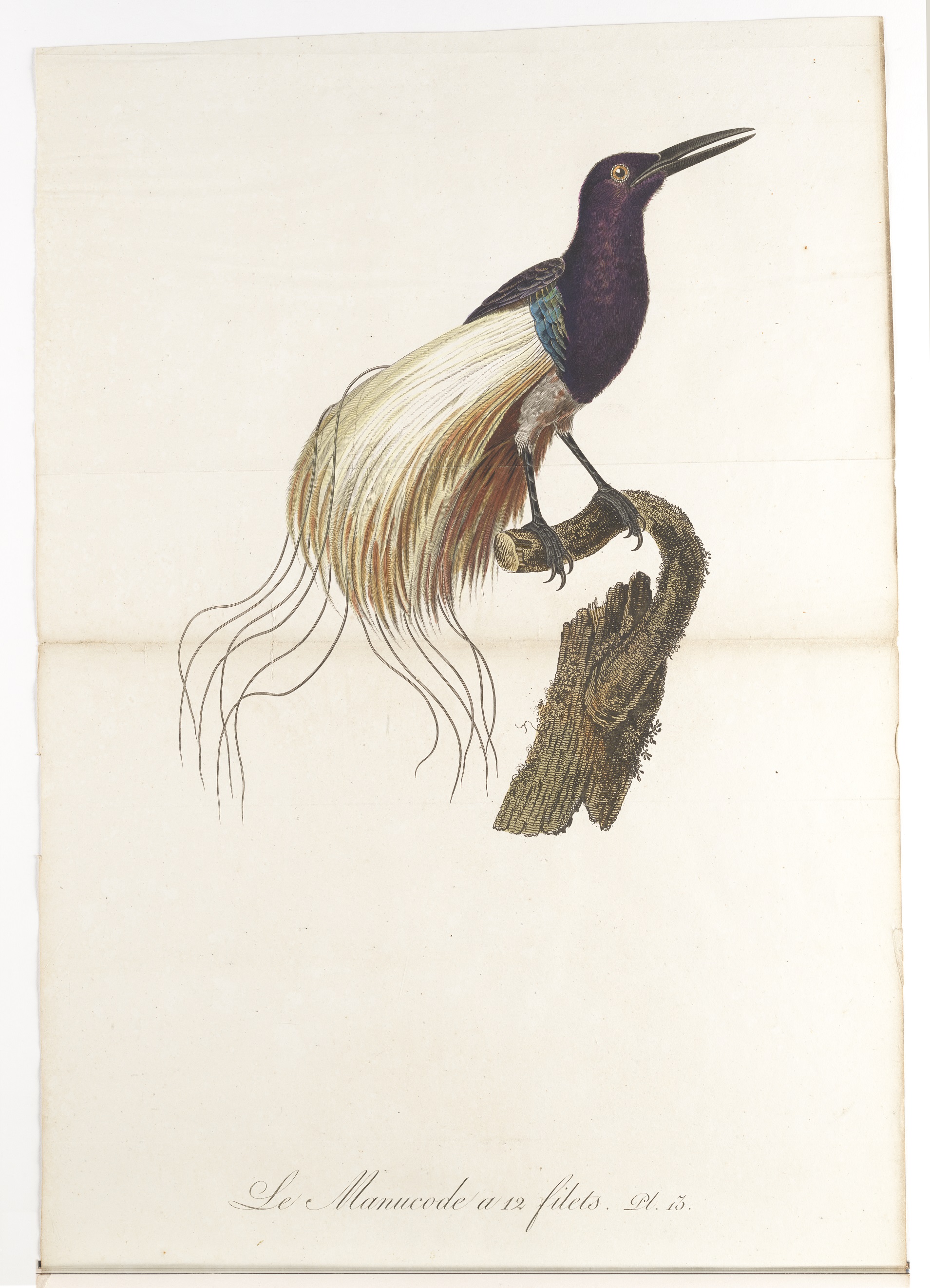
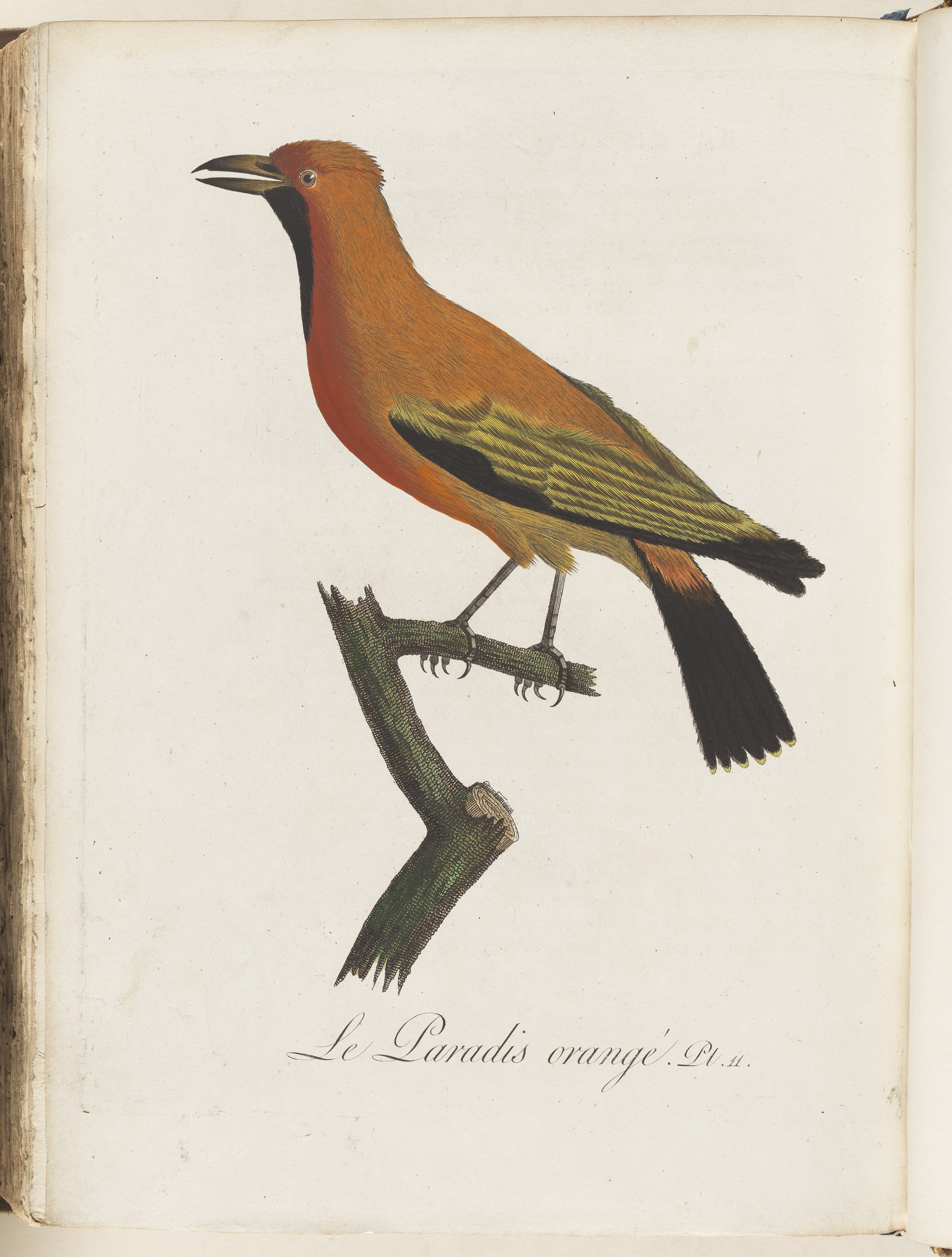
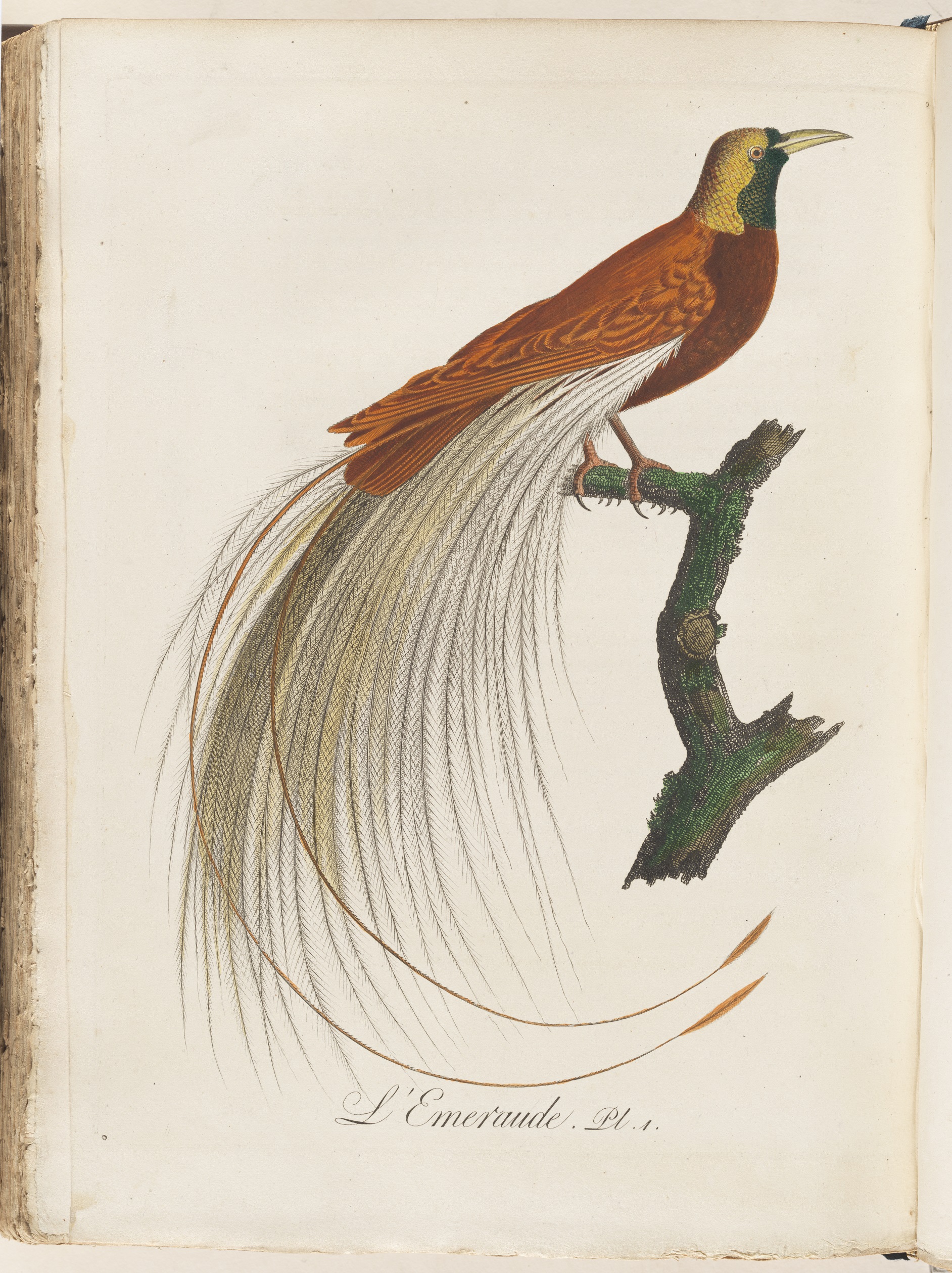
Learning activity
Australia's global connections - Papua New Guinea
Students explore countries of the Asia region and the connections Australia has with other countries across the world.



